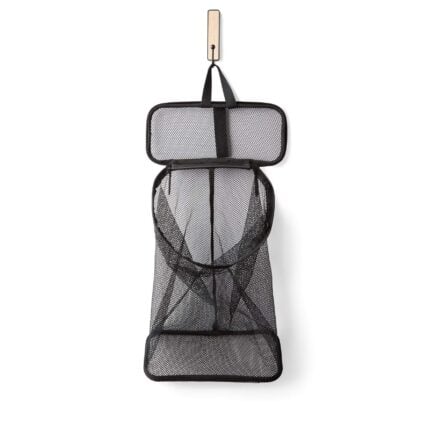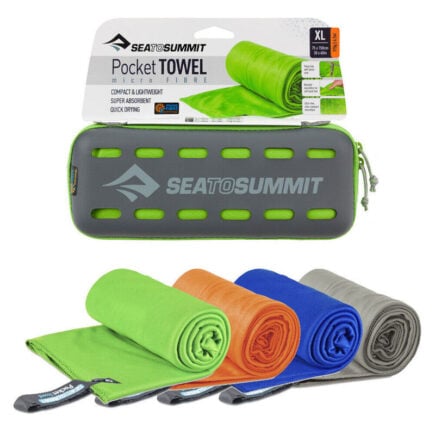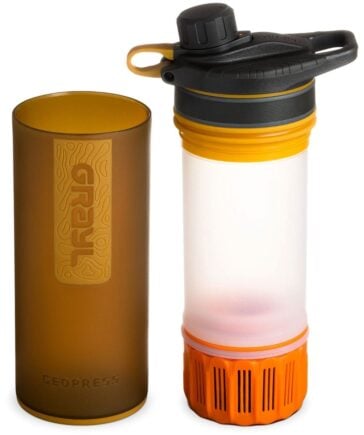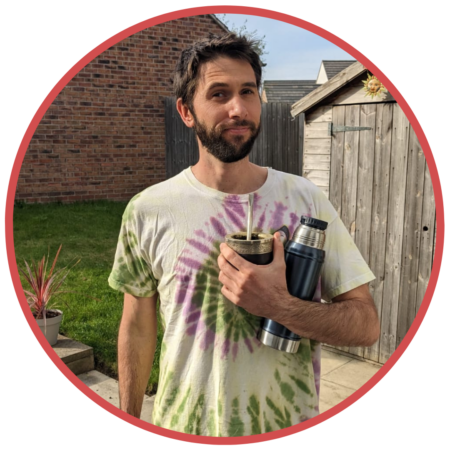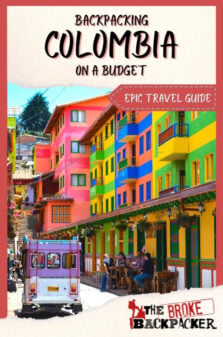After travelling in most of the South American countries, let me tell you why I think you should put Colombia on your backpackers’ wishlist.
With chilled surfing beaches, enchanting jungles, fruits you’ve never seen before, bustling cities, lost cities, crazed parties, and a culture full of music, color, and food, are enough reasons to make this country a MUST GO.
Far from that dangerous image portrayed by the media, Colombia is today one of the most flourishing countries in South America that receives tourism and welcomes travelers with open arms, a big smile, and for me, the best coffee in the world.
The first feeling when I got there was a bit chaotic. However, I felt comfortable quickly. Locals, in general, are extremely friendly, and when I needed help there was always someone willing.
Backpacking in Colombia is, without a doubt, an amazing experience that you will remember for the rest of your life. Yes, it can be challenging but it’s so rewarding!
This backpacking Colombia travel guide will teach you the ropes for an amazing backpacking trip – the cheapest way possible. You’ll get meaningful travel tips, from my own experience, in this natural jewel.
Anticipation is the key when booking places, and food… well that’s cheap everywhere.
Vamos pa’ Colombia parce! Bien pueda!
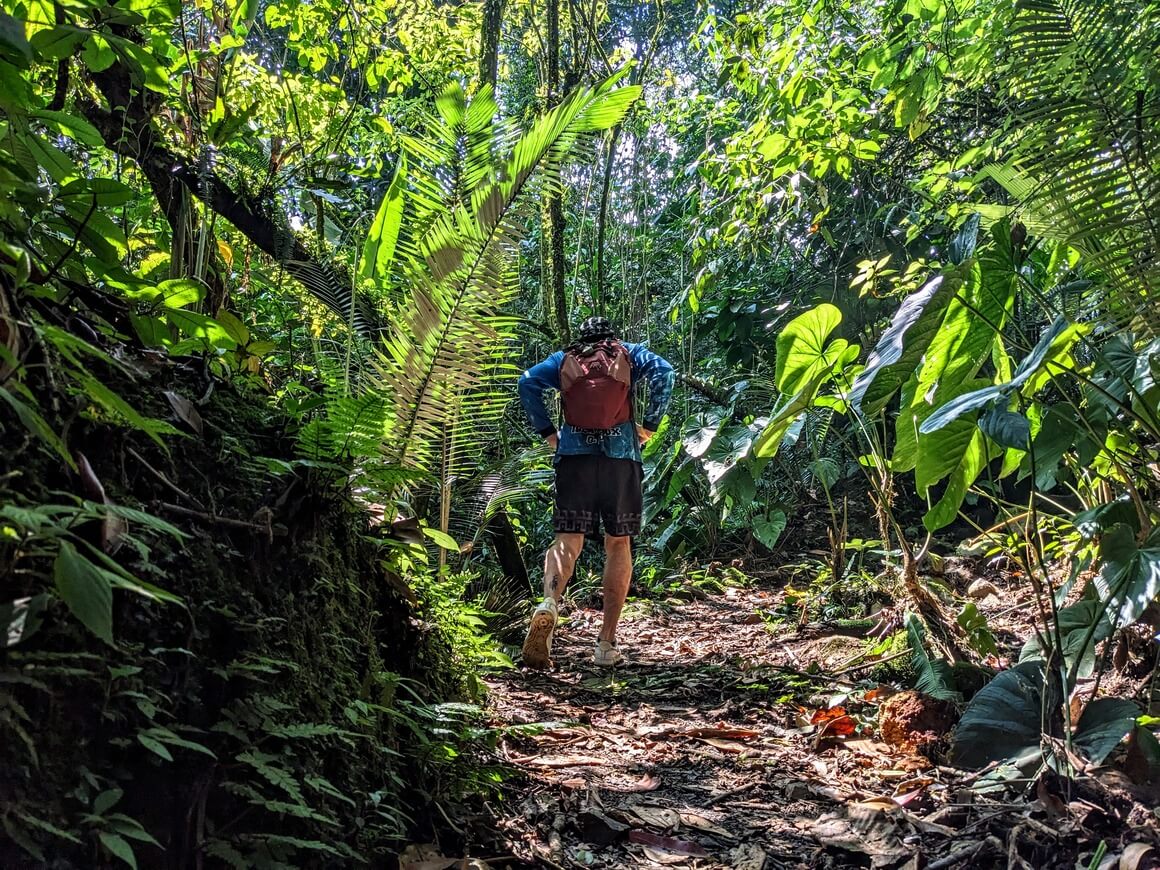
Photo: @sebagvivas
The Broke Backpacker is supported by you. Clicking through our links may earn us a small affiliate commission, and that's what allows us to keep producing free content 🙂 Learn more.
Why Go Backpacking in Colombia
Colombia is a South American country that is rich in ecological and cultural diversity. It is all at once a giant party and adventure central, and can also be mellow and peaceful, once you get away from all of the noise. The big cities are famous for their nightlife, all-night parties, and of course, dancing. Each city has its own unique flavor, colorful buildings, and colonial architecture.
The coast is brimming with beautiful post-card beaches and the attractive locals to match. The coastal areas have plenty of awesome places to go surfing or diving too.
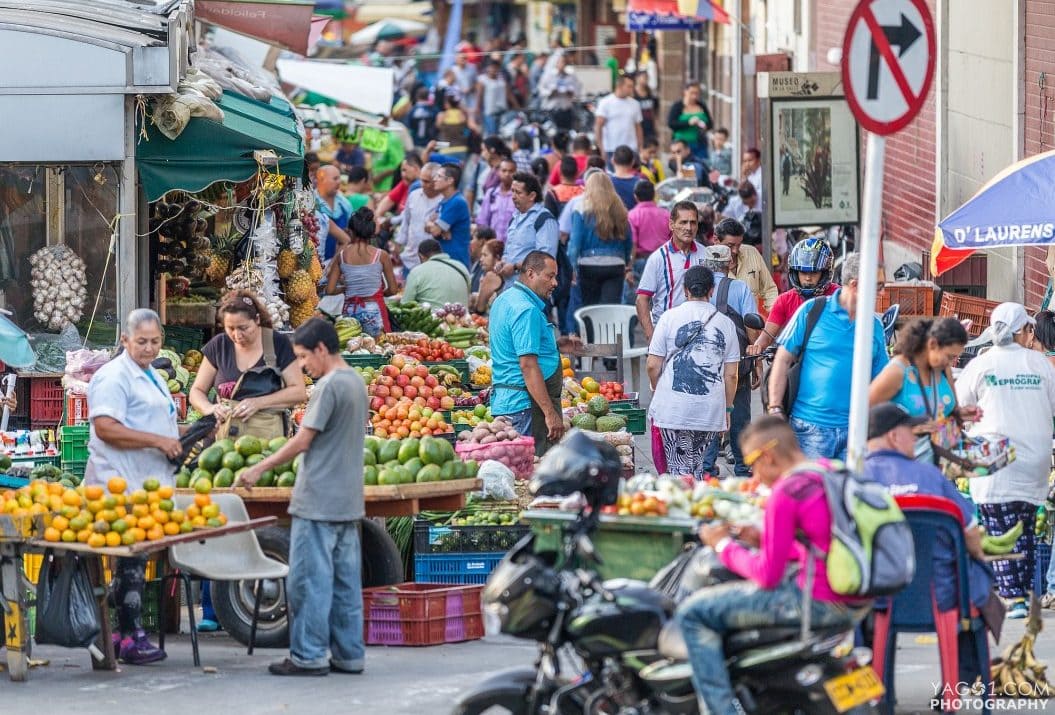
The mountainous, humid, super green interior is a whole other world of Colombia. Think dense jungles, rivers, lost ancient cities, and remote indigenous communities. No matter what your idea of a good time is, there is something interesting and fun to get into around every corner. Modern-day Colombia is a place thriving after decades of trauma inflicted by narco-traffickers, guerrilla activity, corruption and general political instability.
Backpacking in Colombia is one hell of an adventure. Now let us take a look at some of the best Colombia backpacking itineraries to help you get an idea of where to go and what to do in this truly special country.
Best Travel Itineraries for Backpacking Colombia
Get information on Colombia travel itineraries and backpacking routes, maps, travel tips, safety, things to do, and much more. Most of all you will walk away with all the inspiration you need to make the most of your trip whilst traveling in Colombia on a budget.
Backpacking Colombia 2 Week Itinerary #1: The Caribbean Side of Colombia
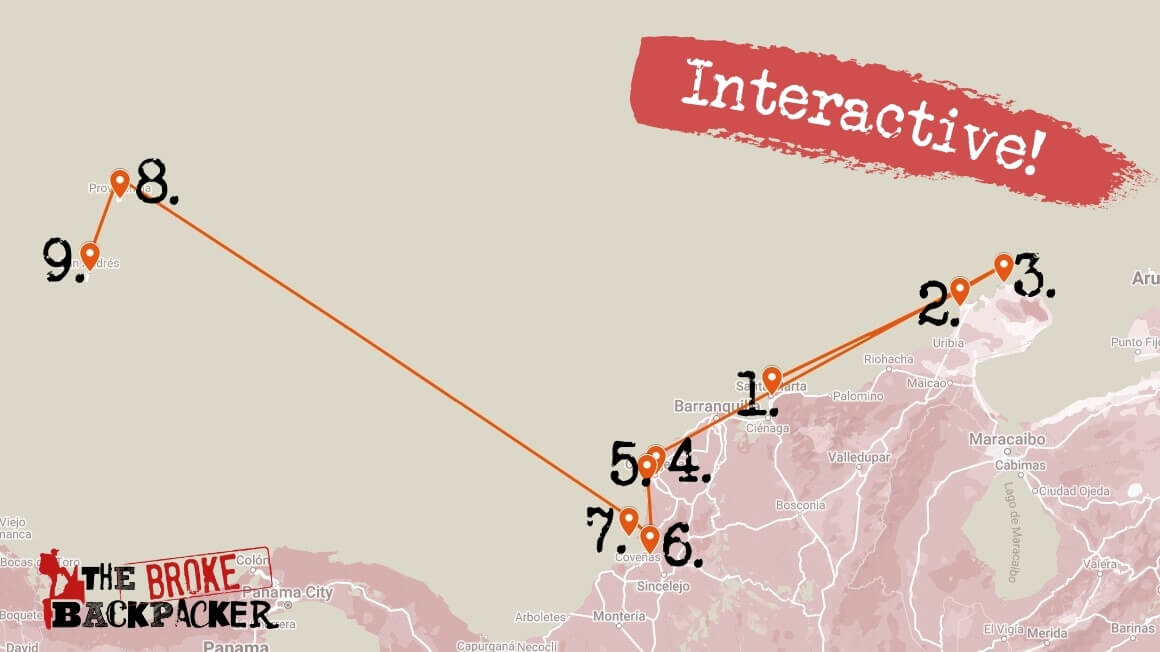
If you’ve only got two weeks, there’s no point rushing. Pick a region and see it properly. I’d suggest the Caribbean side of Colombia, for obvious reasons.
Start your trip in Cartagena, perhaps fresh off the boat? After a few days, head to Santa Marta, the jump-off point for Minca – a charming mountain town – and the stunning Tayrona National Park.
Get a bit off the beaten path, and head east to Cabo de la Vela (where the desert meets the sea) and Punta Galinas, where you can feast on fresh seafood amongst the Caribbean and sand dunes.
Doubling back to Cartagena, head to nearby Playa Blanca and Tolú (mangrove) before heading to Islas de San Bernardo (white-sanded islands).
Have an extra week? You can catch a flight to the Caribbean Islands of Providencia and San Andrés. Have two extra weeks? Well, check out the 4-week itinerary below…
Backpacking Colombia 4 Week Itinerary #2: Colombia’s Highlights
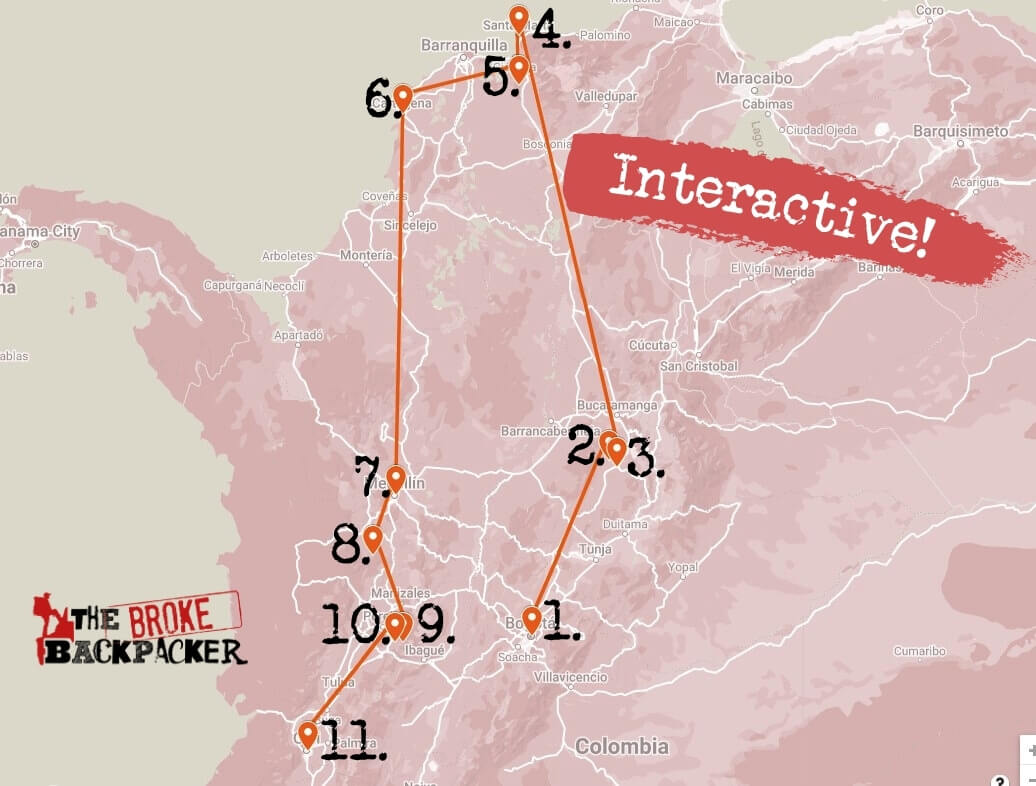
Fly into Bogota, Colombia’s capital and enjoy the amazing food and nightlife. Stay a night or two, you may as well. Then, head over to the picturesque town of Barichara.
After that, you should take the long bus to San Gil, an adventurer’s paradise and one of my favourite places in Colombia. Here you can kayak, paraglide, and bungee jump!
Next, get the bus to Santa Marta. It’s not my fav place in the world, but you should stay the night and use it as your base for cooler places like Minca, Tayrona National Park and other amazing Caribbean destinations. Oh, and make sure to arrange a multi-day trek to Ciudad Perdida.
Afterwards, pitch up at postcard-perfect Cartagena for a while before heading south to Medellín; once known as a dangerous city, it’s now a trendy and safe nomad haven.
Make sure to spend a good few days in Medellín. I’d say a minimum of three days is needed here… especially if you’re gonna party…
Next, head to Jardin for just a day or two before visiting Valle de Cocora, just outside Salento. Go to a coffee finca (farm) and stock up on some coffee.
Last but not least, continue south to Cali, world famous for their salsa joints. Make sure to take a class! It’s one of the best memories of my Colombian adventure. You can easily get back to Bogota from Cali, which ends the perfect round trip.
Best Places to Visit in Colombia
Now that we’ve covered some of the best travel itineraries for backpacking Colombia, let’s jump in and explore some of the top places to visit in Colombia on your adventure…
Backpacking Bogota
Major cities have a special vibe that makes them unique, and Bogota is definitely one of those. There is a huge amount to do here; I highly recommend going on the graffiti tour and doing a day trip to explore the truly spectacular Salt Cathedral in Zipaquira.
If you love museums, like I do, then the Gold Museum (Museo del Oro) is a must. After that, Zona Rosa is a great place to go for drinks in the evening.
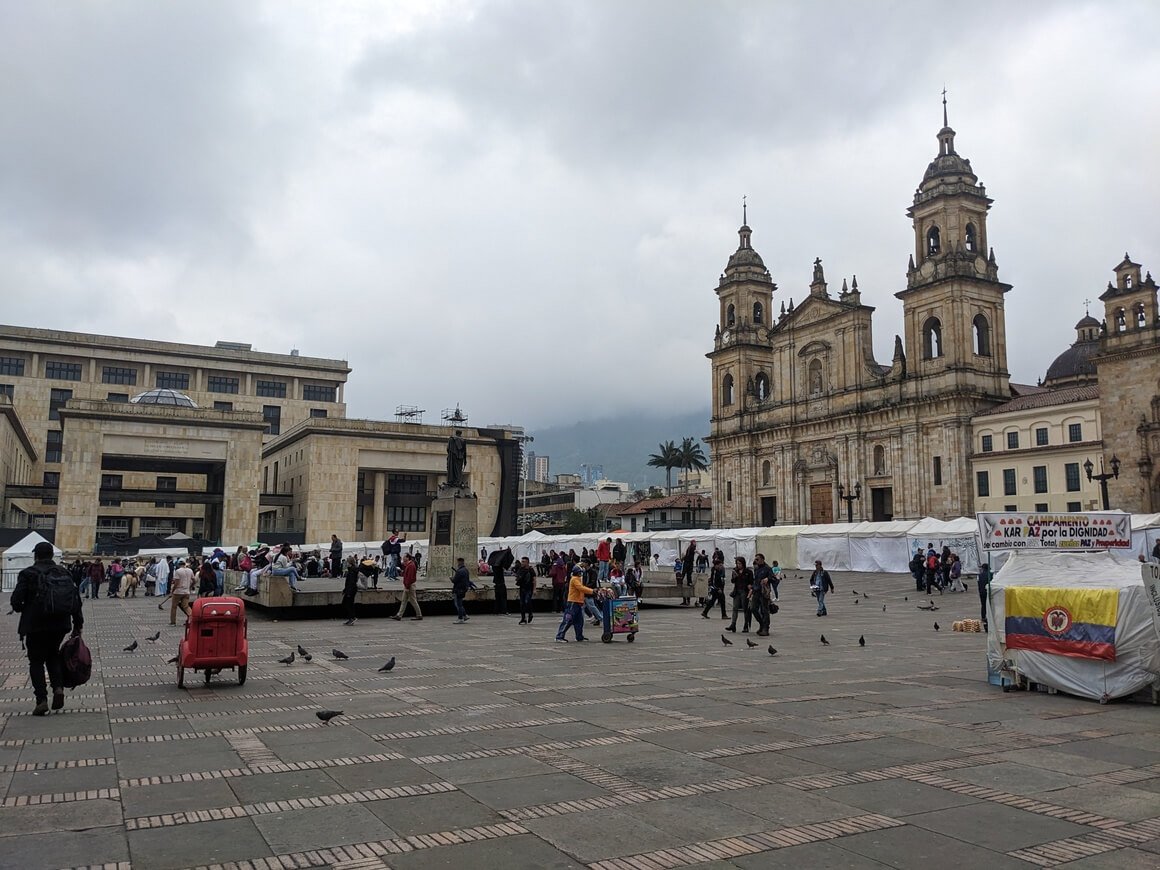
Photo: @Lauramcblonde
Bogota sometimes gets a bad rap amongst Colombian backpackers on account of its’ rainy climate and gritty atmosphere. However, I love it and highly recommend exploring winding streets, doing some of the free walking tours (grab an umbrella just in case), and checking some of the bars of La Candelaria before heading to Baum for some Techno. There, I promise you, you are going to have so much fun and dance all night.
Backpacking Medellín
My favourite place in all of Colombia, and for sure on my top 5 cities in Latin America, Medellín packs a lot of punch and is one of the best places to live if you’re a digital nomad in need of a break. You can get here with any of the daily and direct flights from Bogota in just about an hour. The buses can be slow and take between 10 to 11 hours.
The very touristy El Poblado area is where most backpackers base themselves, but I far preferred the quieter Envigado. Be sure to go on the Real City walking tour, officially the best walking tour I have ever been on.
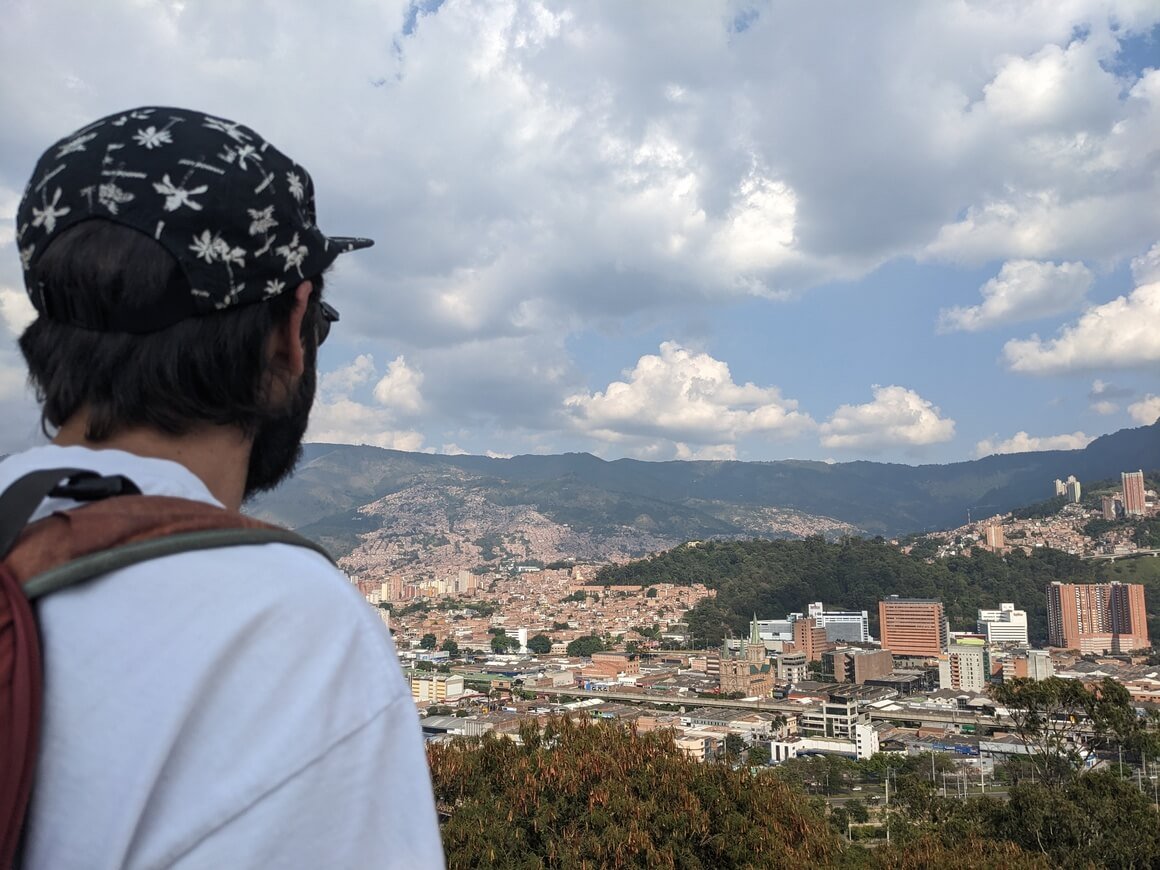
Photo: @Lauramcblonde
Guatapé is a popular day trip from the city but the real highlights of Medellin are simply wandering around, enjoying a cerveza in a pool hall, a soul-releasing, free salsa lesson, or chilling out in one of the parks.
If you are a foodie, this city has some Colombian street food. Arepas, empanadas, and salchipapa are impeccible.
Medellin has a tarnished reputation on account of Pablo Escobar. Think carefully about whether you want to go on a tour to find out more about the history of the cartel.
You have to check out Comuna 13 and the unique transformation that art has made into this previously devastated neighbourhood. They’ve successfully turned around from violent narcotraffic times, with a grand flare.
Lots of graffiti, music, art, dance groups improvising and showing their movements, and small cafes with amazing views of the neighbourhood. You witness the power of art in changing the environment of an entire community: a great example of resilience in the country and Latin America.
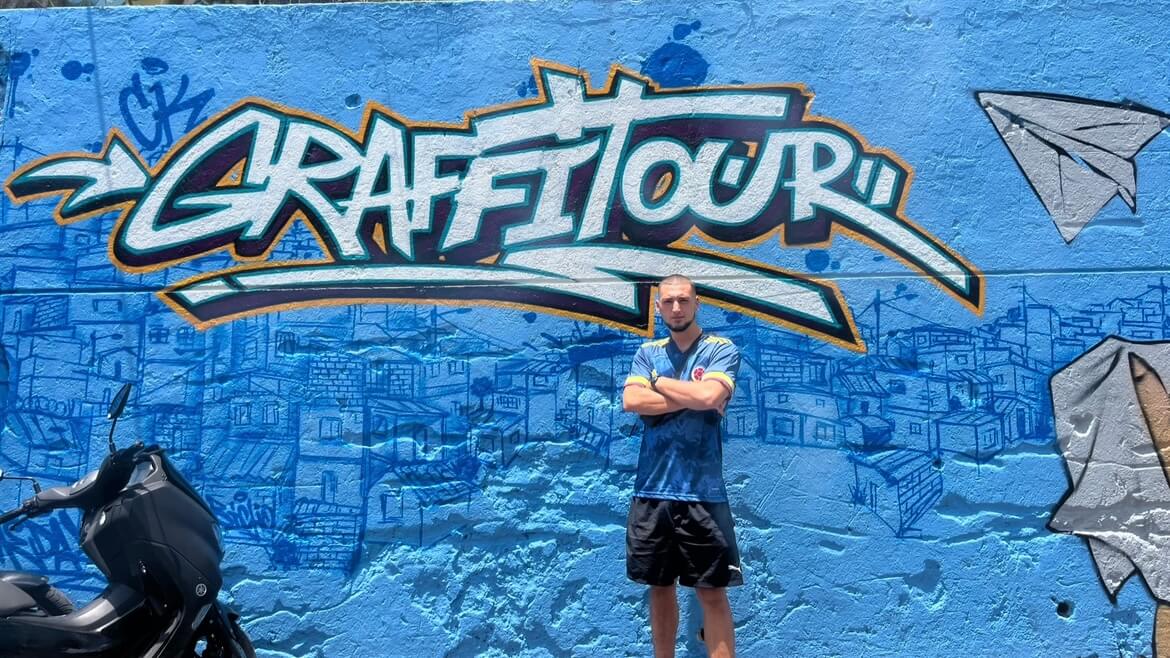
Photo: @joemiddlehurst
If you want to backpack Medellin and have a little more budget to work with, an aerial helicopter tour of Medellin is a unique experience. The prices vary depending on group size, but I recommend Fly Colombia City Tours.
Expect to pay around $80 USD per person for a 15-minute / 40km flight. The views are exceptionally stunning – plus who doesn’t want to go for a ride in a helicopter at least once, right? Special thanks to Luisa from Fly Colombia City Tours for helping us organize this flight!
 Check our epic Medellin backpacking guide.
Check our epic Medellin backpacking guide.
 Want to know what the best neighbourhoods in Medellin are?
Want to know what the best neighbourhoods in Medellin are?
 Find a comfy bed with our Medellin Hostel Guide.
Find a comfy bed with our Medellin Hostel Guide.
 Stay safe with our Medellin safety guide.
Stay safe with our Medellin safety guide.
If you can get a group of 5-6 people together from your hostel, you can get a better per person price (maximum 6 people in the helicopter). Book in advance and let Fly Colombia City Tours know the Broke Backpacker sent you! Ask for a flight around sunset time for the best photography light!
Backpacking Cartagena
The Old Town is well worth visiting and there are some great beaches nearby like (the very popular) Playa Blanca. This town has no shortage of tourists, hustlers, and prostitutes, all of which are unfortunate aspects of traveling here.
Venturing beyond the Old Town and main touristy areas will offer a rewarding glimpse of real Cartagena. Backpackers more accustomed to off the beaten path destinations are going to hate Cartagena.
Cartagena’s safety might be a bit questionable, so be careful. I heard countless stories of backpackers being forced to buy cocaine at extreme prices after they were given a “free” sample. Like literally they were marched to the ATM and forced to pull out millions of pesos, otherwise, the five angry young men who were pretending to be their friend just minutes before would beat them to a pulp. Don’t be that backpacker. Instead, go scuba diving.
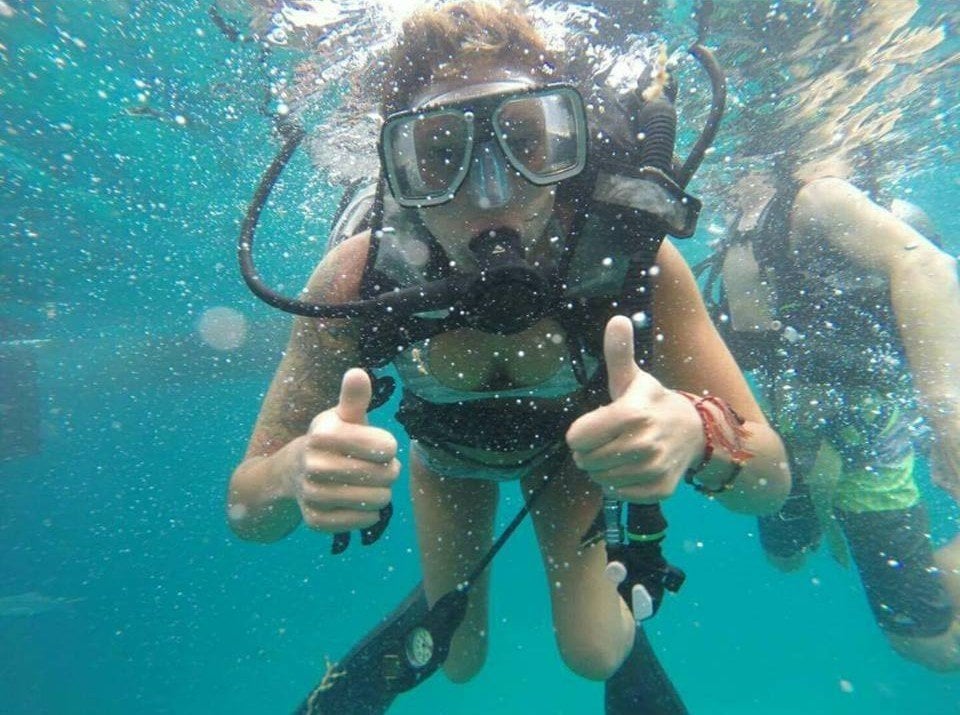
Photo: Alexandria Zboyovski
For scuba diving, hit up the Rosario Islands. I was able to go scuba diving with a fantastic dive shop called Diving Planet. Their bi-lingual guides are professional and the day or overnight dive trips they offer include van transport and boat transfer, lunch, and all the scuba equipment.
The Rosario Islands are one of the best places in Colombia for scuba diving and have many affordable accommodations, so don’t miss out!
If you are tired of the standard rice, beans, and plantains and want to try the best falafel in Colombia, go to Novo Kebab.
 What are the best things to do in Cartagena?
What are the best things to do in Cartagena?
 Stay safe in Cartagena with our kick ass guide.
Stay safe in Cartagena with our kick ass guide.
 Find a bed for you in our Cartagena hostel guide.
Find a bed for you in our Cartagena hostel guide.
 Find the find best areas to stay in Cartagena.
Find the find best areas to stay in Cartagena.
Backpacking Santa Marta
There is almost nothing in Santa Marta to get particularly excited about; however, there are lots of truly amazing places nearby. It’s a hub for Northern Colombia but I recommend basing yourself in nearby Taganga. Personally, I liked this city a lot simply because it has a real backpacker and expat scene and none of the stupid shit you find in Cartagena.
Plus, there are plenty of great places to stay in Santa Marta too.
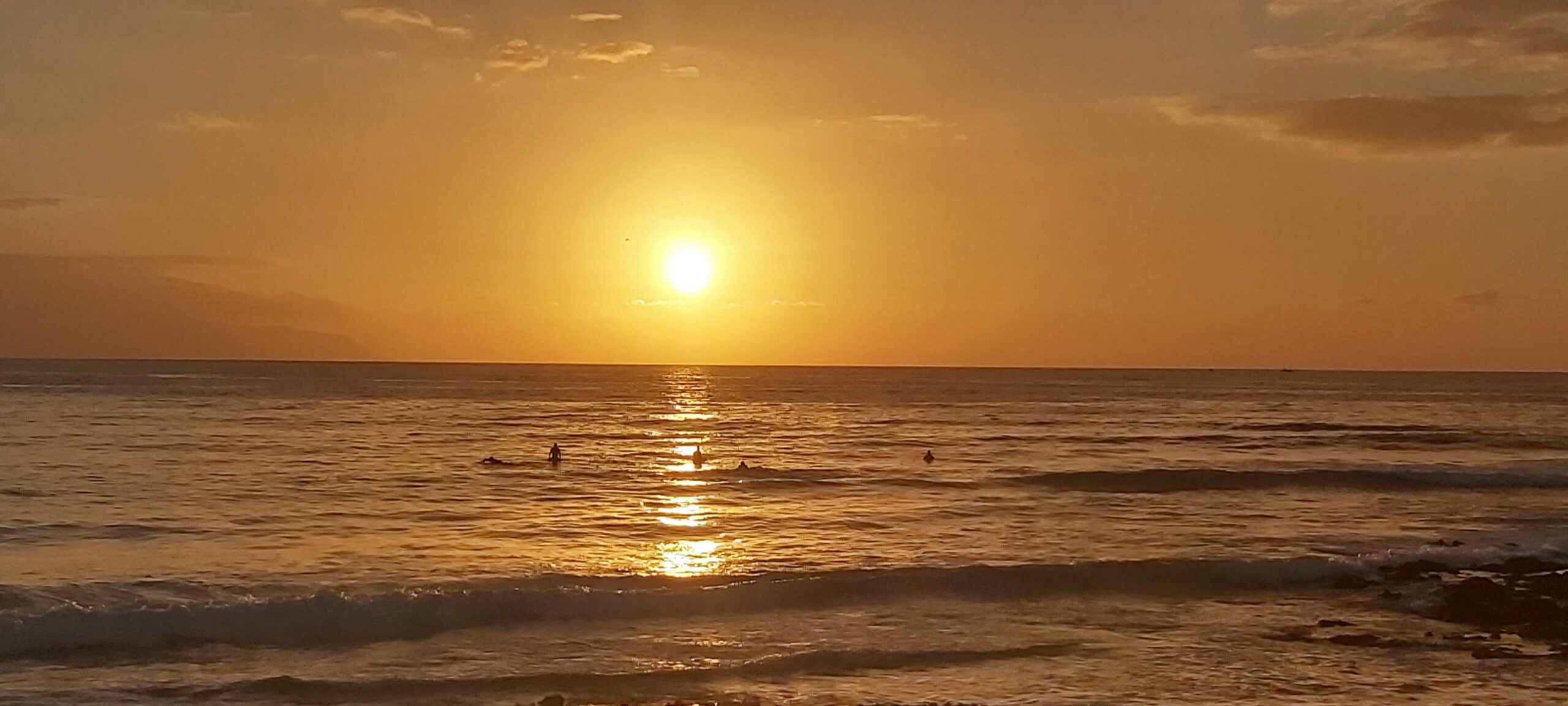
Photo: @Lauramcblonde
Also, this is the gateway for tours and excursions to the Tayrona National Park, some pretty epic beaches, and the famous excursions to the archaeological site Ciudad Perdida (Teyuna) located in the Sierra Nevada mountains. Be aware of the high temperatures – these places can get extremely hot during the midday.
Santa Martas Hostels are the best option for a few nights. For a cheap place to stay in town with a fun party scene (and a pool), I recommend staying at Drop Bear Hostel.
If you want to go for a kick-ass motorcycle adventure into the mountains or around the coast, hit up my friends at Adrenaline Addicts (they share the building space with Drop Bear Hostel).
Backpacking Taganga
Love it or hate it, Taganga has something for everyone. This is a beachside party town famous for its drug scene but there is a huge amount more to Taganga than at first meets the eye.
Consider staying in Casa Moringa for a truly unique experience; living it up in a mansion overlooking the sea. This small town is one of the cheapest places in the world to learn to scuba dive so if that’s your bag, you’ve come to the right place. Be sure to grab a bite to eat in the incredible Baba Ganoush restaurant.
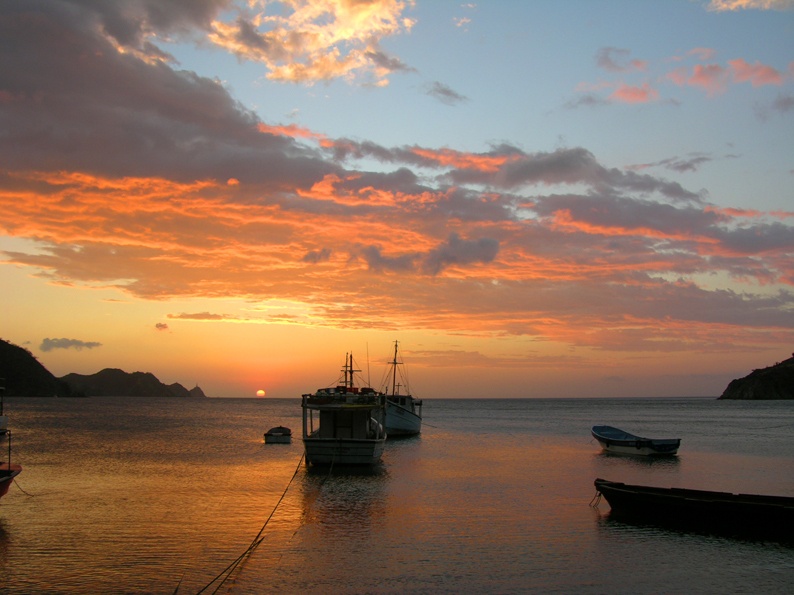
Photo: Donrallon (WikiCommons)
Backpacking Tayrona National Park
An easy hop from Taganga, Tayrona National Park is a truly stunning oasis of pristine beaches backing onto untamed jungle. Probably with some of the most beautiful beaches on the Caribbean coast, in my opinion.
In a day you can hike through the tropical forest, see some of the local flora and fauna, and swim in waters full of life. You can sleep in the national park, but you must reserve in advance, or you can do the tour on the day.
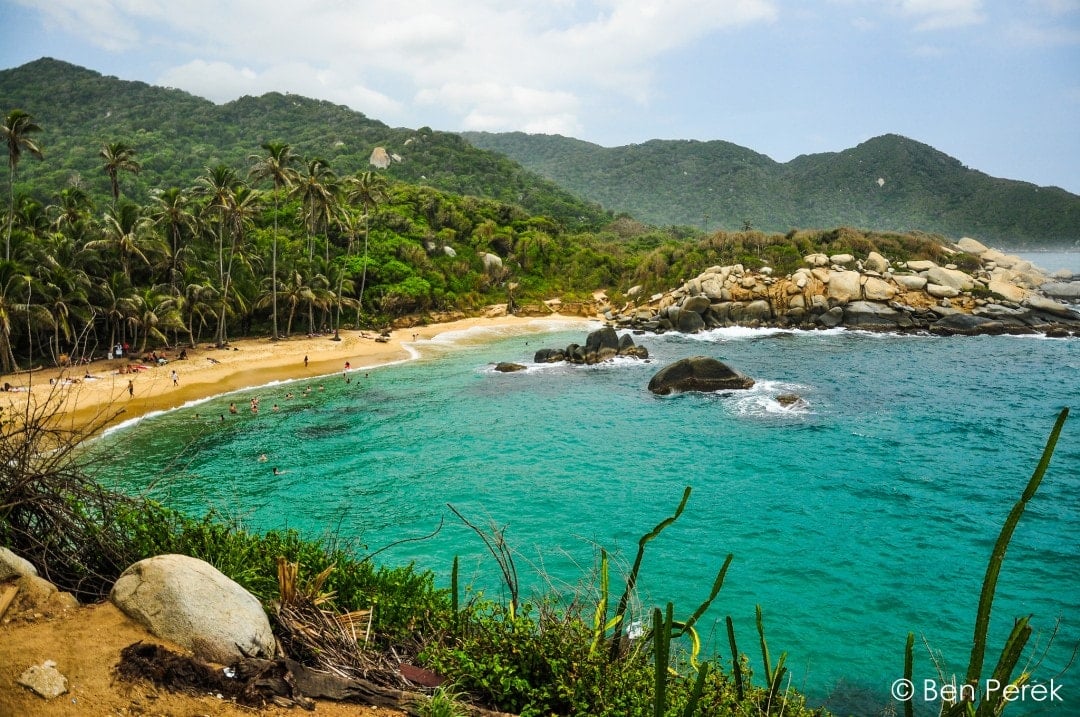
Yes, you’ll find mosquitos, high temperatures during midday, and probably hard walking paths at some point, if it rained the day before. But believe me, this is one of those places that is worth visiting in Colombia.
Hiking Ciudad Perdida
The trek to the Lost City takes 5 days and it’s an amazing experience. You will cross raging rivers, slide down muddy banks, and bathe in crystal-clear pools on your way to the city above the clouds. The city itself is amazing and receives very few visitors; go now before the word gets out.
It can be a demanding experience. Consider your physical and mental state when deciding when and how to do this tour. And my personal advice would be to get some good hiking boots and enough insect repellent.
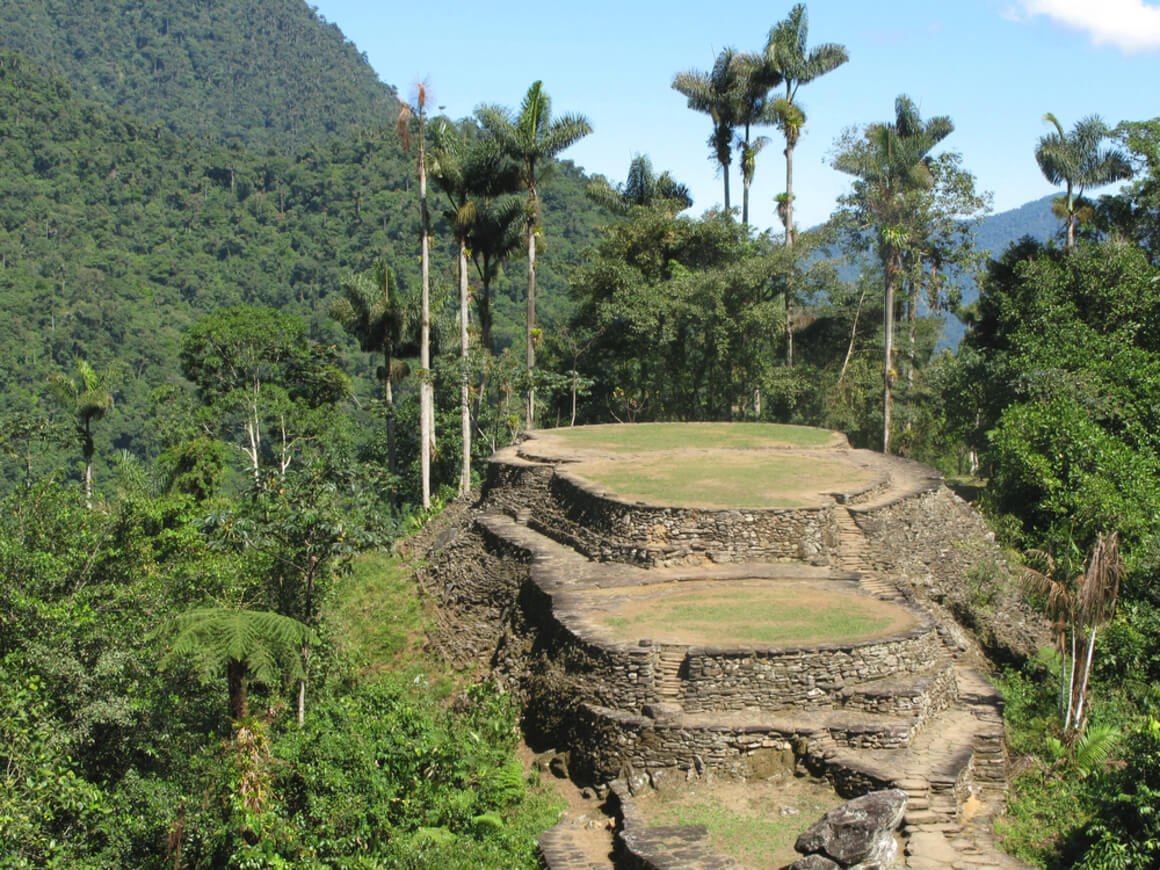
Photo: Will Hatton
Backpacking Minca
Just a couple of hours away from Taganga, the cool hills of Minca are perfect for backpackers wanting a bit of respite or to go hiking in the jungle. You can get some cheap local transportation and in 30 minutes you can get to this small town nestled in nature.
Top things to do in Minca include yoga, motorbike adventures, hiking, and of course a visit to the legendary waterfalls in the area. Avoid Pozo Azul, as it is always too busy and commercialized to be enjoyable. I personally enjoyed Marinka Falls, even though it was quite crowded.
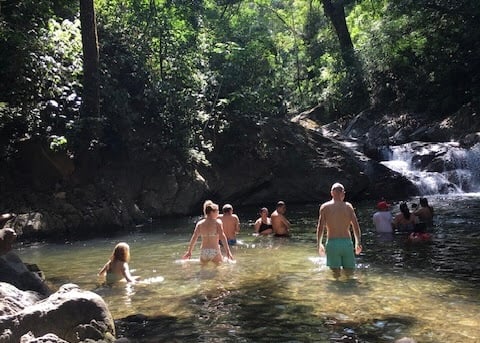
Photo: @Lauramcblonde
In terms of organized activities in Minca, there are many operators to choose from. I recommend going with our friends at Fototrails for awesome photography, hiking, and cultural day trips.
Natasha and her husband run eco and cultural adventures showing the real side of Minca and the Sierra Nevada. They take guests on backtrails and off-road adventures for the treks so people can experience a unique and solo hiking experience away from the crowds. Broke Backpacker readers can get 5% off of any of the activities they offer by mentioning this article!
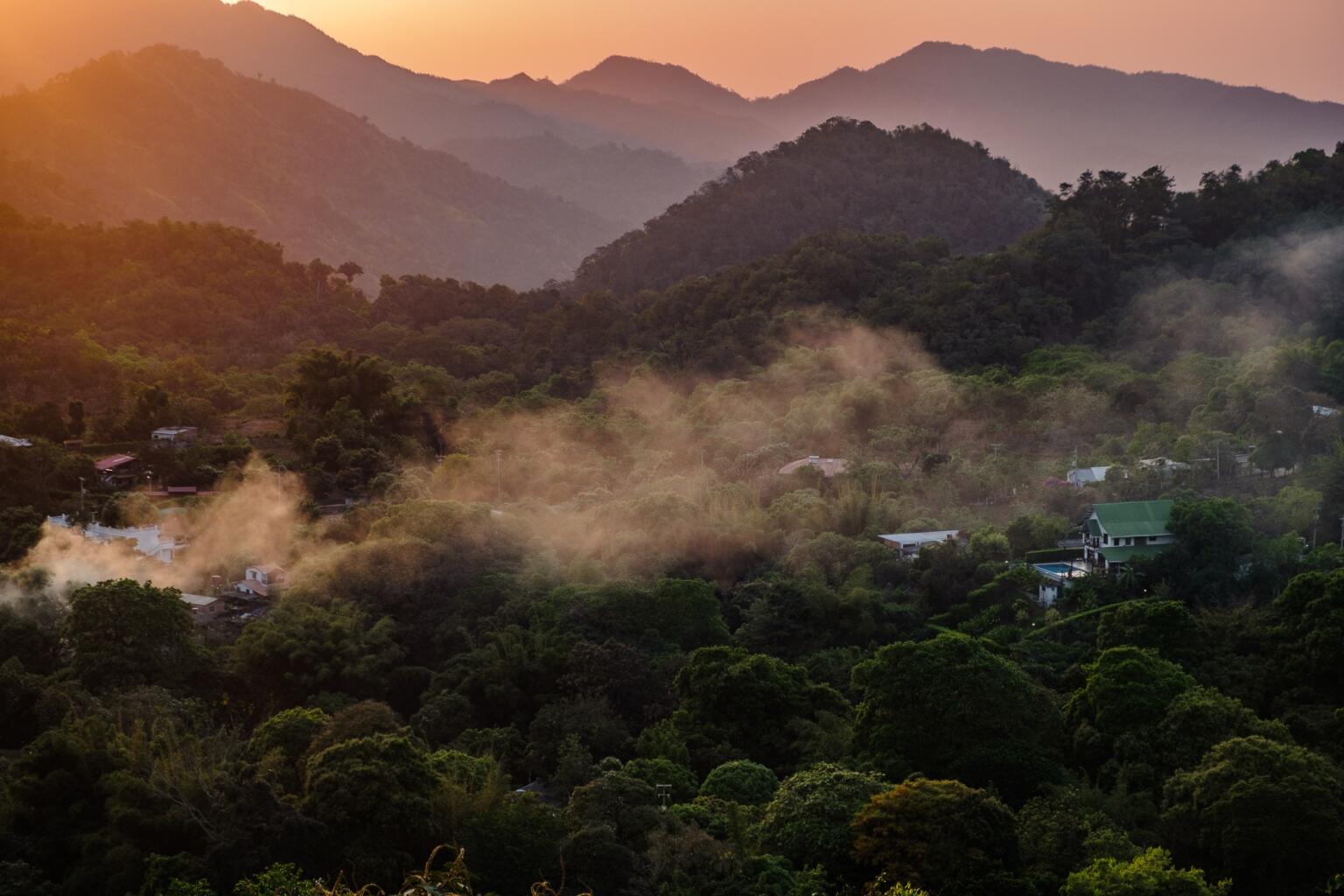
Photo: Chris Lininger
Another cool part about what Fototrails does: they work with local families and farms to offer locals a sustainable income and take groups of 6 or less for minimum impact on the environment. If you are looking for an affordable place to crash, their small guesthouse is called Casa Iguana (located by the health centre). Check them out!
I also highly recommend staying at Casa Elemento, book in advance. Bring insect repellent as I got destroyed by sandflies in Minca! If Casa Elemento isn’t your thing, there are many other awesome hostels in Minca that offer a super comfy bed and a place to rest your head.
Backpacking San Gil
From the Minca area, you can take a bus to San Gil. The bus takes around twelve hours, yes I know a bit too much, so I recommend travelling at night. When you get there, you will feel the change of air, fewer tourists, and lots of nature to discover and enjoy. You can easily spend a couple of days in San Gil and be sure to go paragliding over the incredible Chicamocha Canyon.
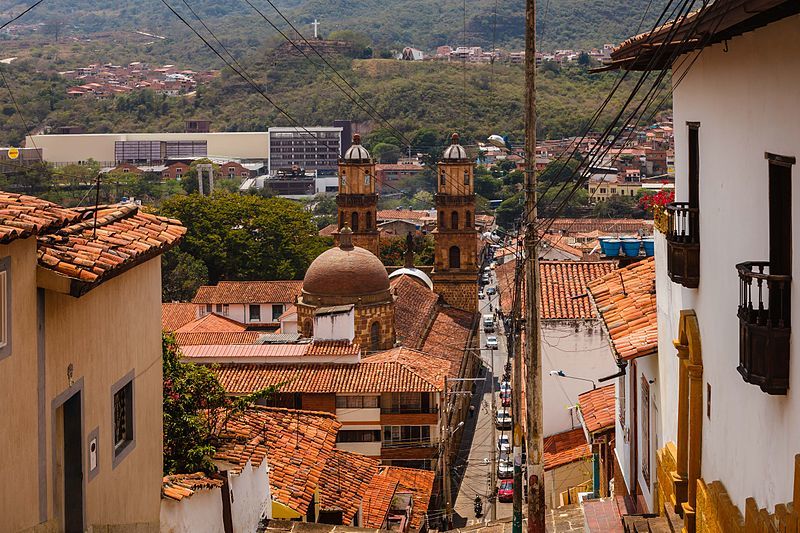
San Gil is the adventure capital of Colombia; if you’re after rafting, caving, or trekking this is the place to go. Be sure to grab a brownie from Gringo Mikes – they are amazing.
Backpacking Barichara
One hour outside of San Gil lies the picture perfect town of Barichara with it’s cobbled streets, fancy restaurants and great day hikes. It’s well worth spending a night.
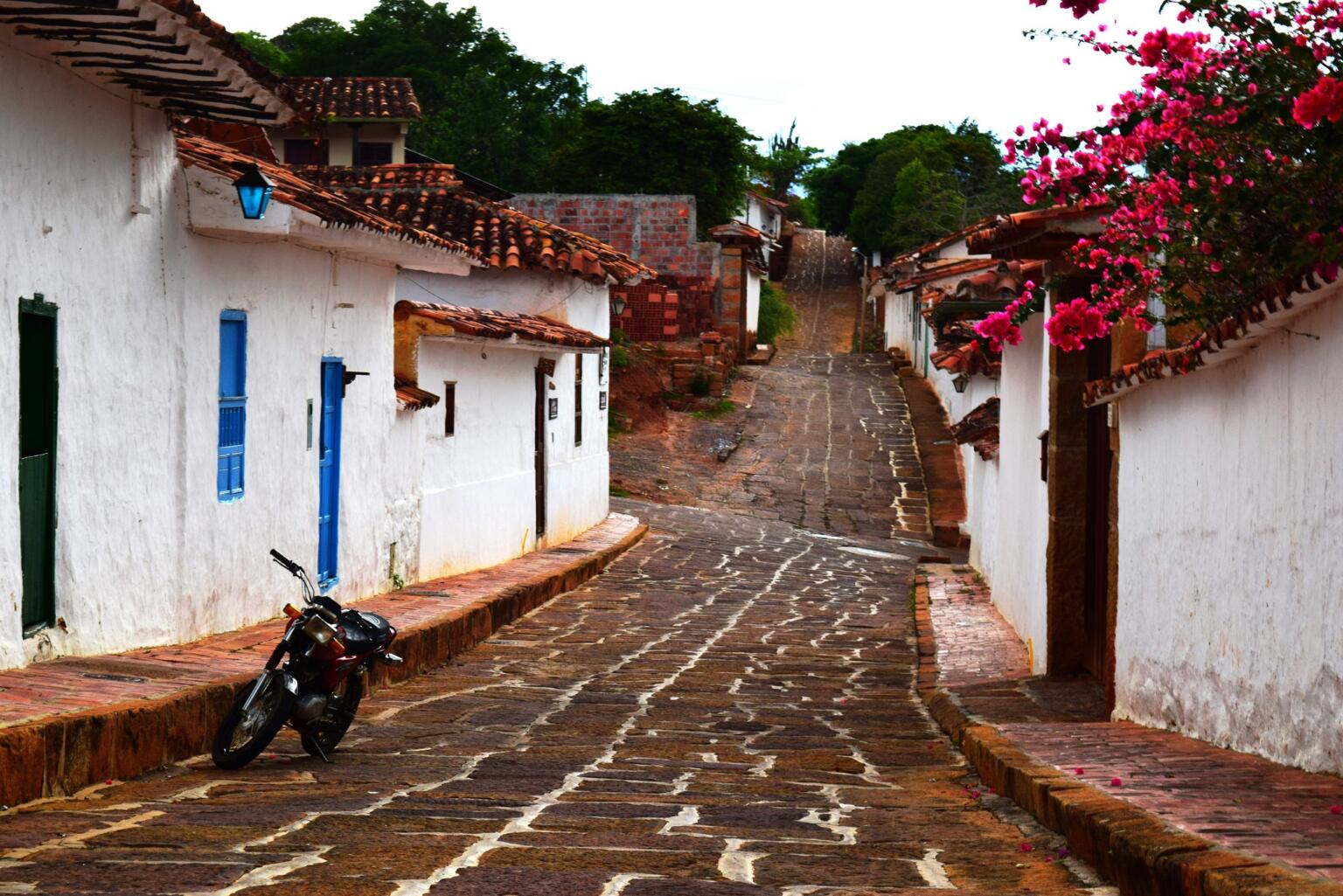
Backpacking Salento and the Coffee Region
A firm favourite with backpackers, Salento is a great place to spend a few days unwinding, trekking, sipping coffee, and resting your head in comfy and cute Salento hostels. I highly recommend exploring the Cocora Valley on a day-hike. La Serrana is a great place to base yourself; check out their awesome safari tents!
Filandia is another town you should check. There are not many local attractions, but you should check El Mirador a 35-metre tower with 360° views of the area. And after that head to the main square to have a nice local coffee and chill while watching and hearing the bustling streets full of the birds singing at dusk, children playing after school and adults talking and laughing while having their deserved beer after a long day at the coffee plantations.
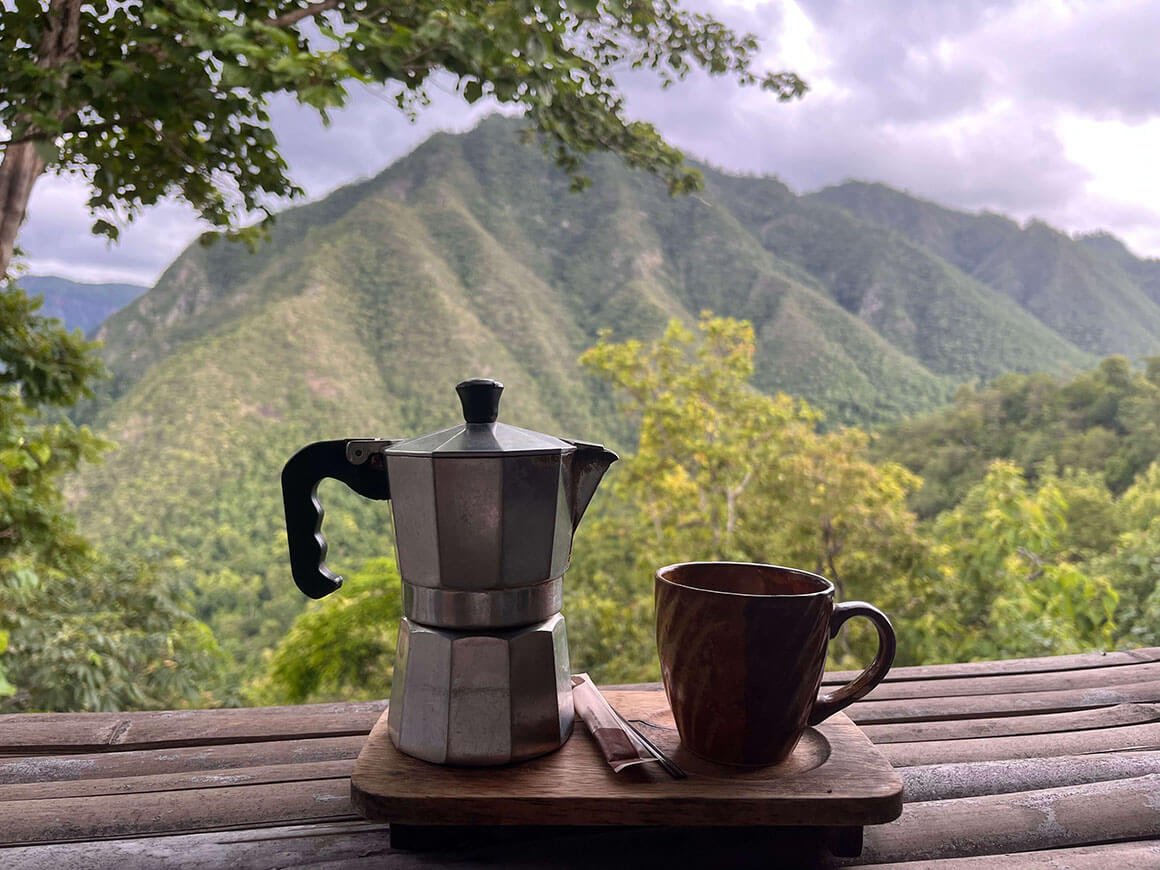
Photo: @monteiro.online
Depending on where you are, I would suggest checking some direct flights if you are up in the north or a local bus if you are somewhere in the area, but you should get here 100%.
Getting Off the Beaten Path in Colombia
Colombia is a country packed with hidden gems. Some of the places on Colombia’s Pacific coast, mountains, and jungles are difficult to reach. Anytime a place has difficult access, it is a sign that adventure awaits!

Far fewer people make the effort to get out and really explore. Depending on what you like to do, you should have no problem leaving the Gringo Trail behind in search of some truly rewarding experiences. There is so much awesomeness to get into whilst backpacking Colombia, that your adventure is up to you and your motivation to put yourself out there. Read on for helpful information regarding trekking, diving, and surfing in Colombia later in this article.
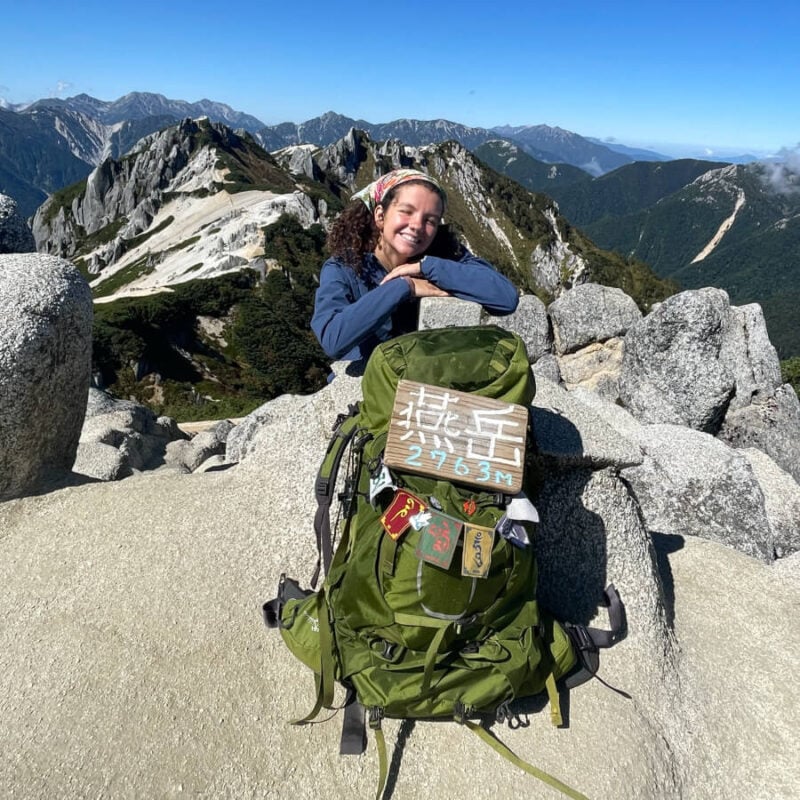
We’ve tested countless backpacks over the years, but there’s one that has always been the best and remains the best buy for adventurers: the broke backpacker-approved Osprey Aether and Ariel series.
Want more deetz on why these packs are so damn perfect? Then read our comprehensive review for the inside scoop!
View on Osprey View on REI10 Top Things to Do in Colombia
If you’ve been on a backpacking trip through Colombia before, you’ll know there are ALWAYS more awesome things to do. It’s a big country, with a lot of variety on offer. But here are some things I’ll recommend, especially for you. 😉
1. Take a graffiti tour
Get to know the Colombians through some of the country’s best street art. Their insane street art reflects the sorrows, joys, passions, and concerns of these people – strongly connected to nature and its effervescent way of being.
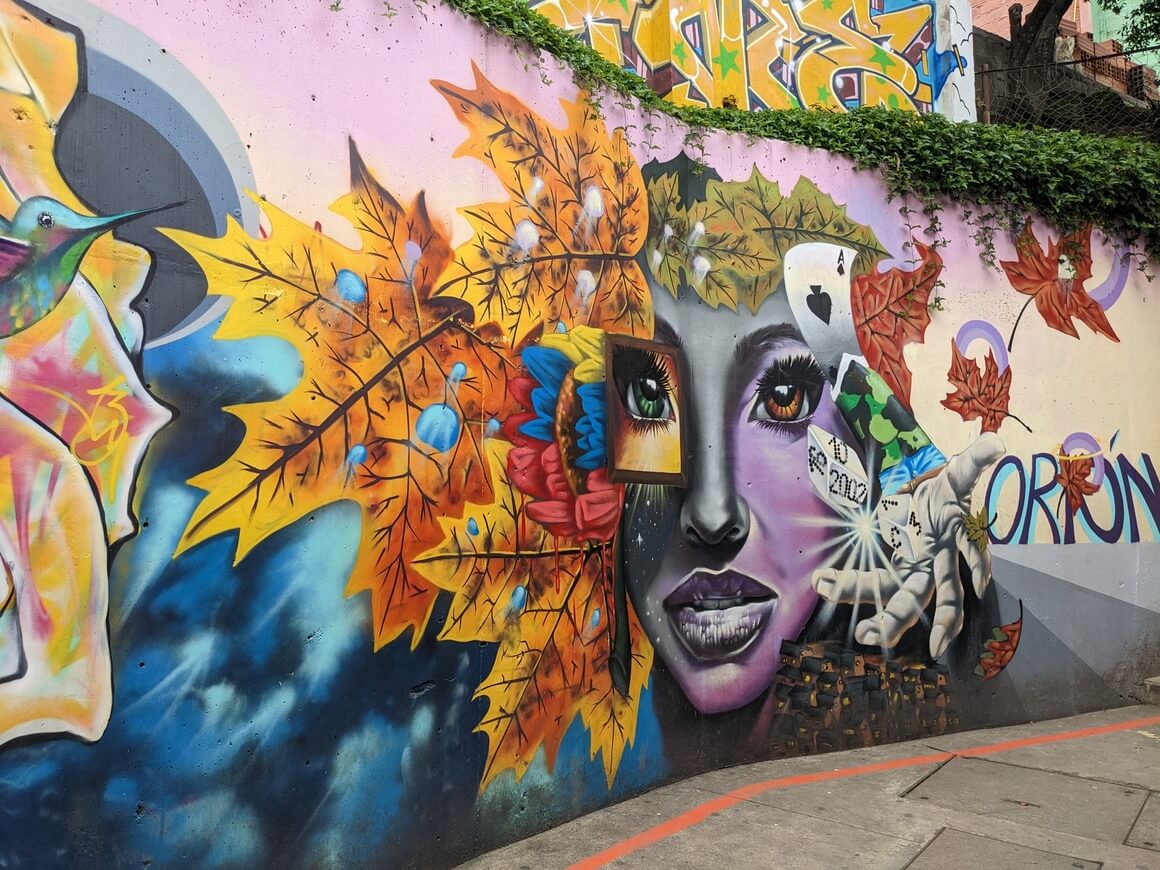
Photo: @Lauramcblonde
One of my favorite places is Comuna 13 in Medellin. Once, the most dangerous neighborhood in the world is, today, a reflection of how art can change – not only the image of a neighborhood but also the lives of those who live there.
I recommend taking a guided tour through Comuna 13 since you’ll be able to have some unique insights. Always good to remember, respect the locals and collaborate with art whenever you can!
2. Trek to the Lost City
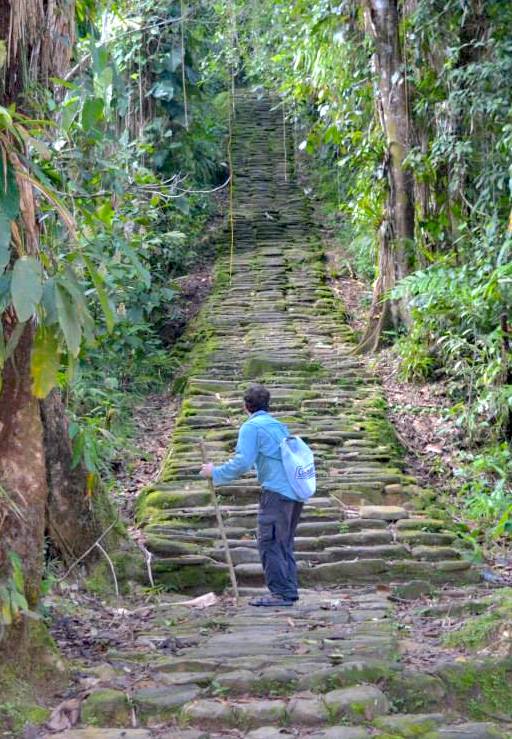
Photo: Will Hatton
The amazing 5-day trek to Ciudad Perdida takes you to some of the most beautiful, sweaty, and far reaches of Colombia. You’ll explore a national cultural treasure from another time.
Along the way, you’ll get to walk through sacred ground of the native people and observe birds, animals, plants, flowers, and trees, unique ONLY to this corner of the world. You will also cross some native villages, which you might be able to greet and get to know them.
And to be honest, this hike was one of the most difficult of my life. I was so happy to visit the Lost City with the support of a guided tour where experienced people know what’s coming ahead. It’s hard to prepare yourself for this combination of heat, humidity, and altitude in this national park.
Though that doesn’t mean to say you won’t be able to do it! If you’re in a pretty good physical condition, the rest is mostly mind over matter.
3. Drink coffee in Salento
Colombia’s famed coffee region has some of the best brews in South America. The region is large but well distributed enough to visit in a week, hopping from town to town.
Chill people in a village vibe, incredible landscapes, people open to chatting, and probably one of the best coffees I’ve ever tried in my life. When I was there I had the opportunity to try an organic coffee from a local farm worked by local women. And I can tell you that the difference is impressive. Flavors, smells, body, and acidity are so evident that it makes you wonder if what you have been drinking before is really coffee.
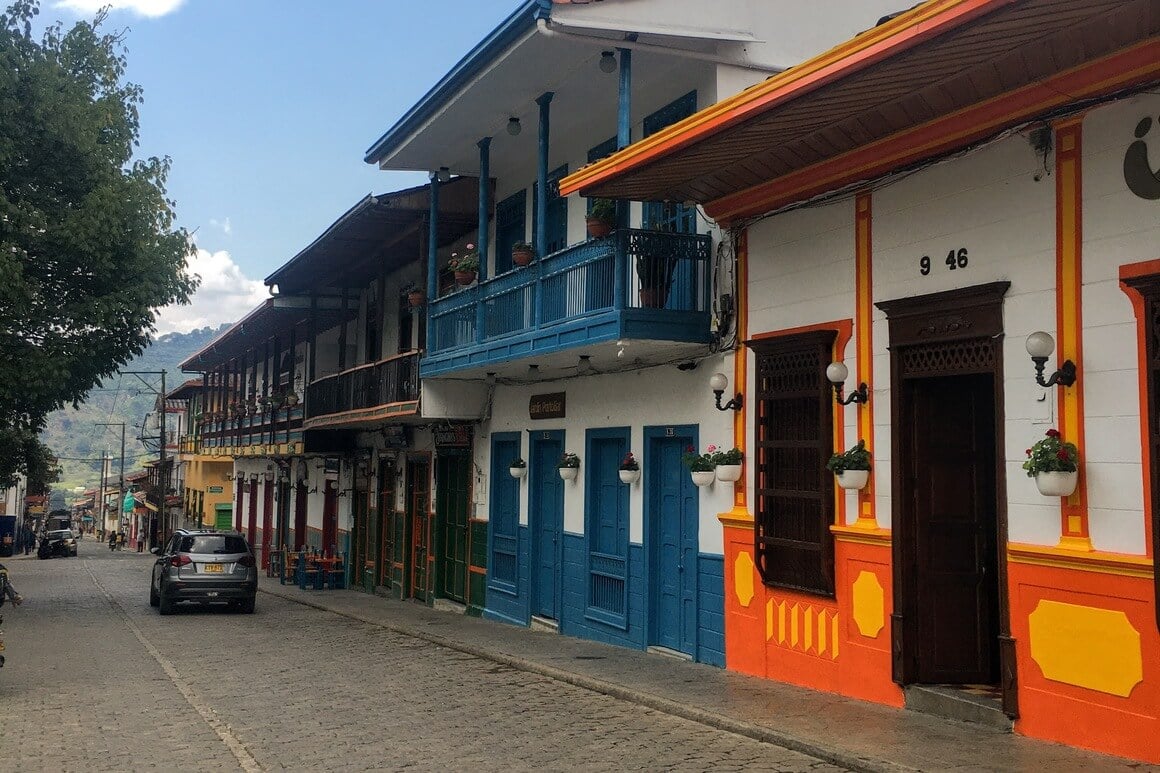
Photo: @Lauramcblonde
Visiting a traditional coffee farm is the best way to learn about the process of producing it, the people who carry it out, and even taste the house’s coffee. It’s one of those unique experiences that remains etched in my memory.
4. Hike the Cocora Valley
The Cocora Valley is home to some of the best natural scenery in the country and the tallest palm trees in the world. The valley is easily accessed from Salento and from this town, you can take a day tour to explore Cocora Valley and also visit a specialized coffee farm.
This gigantic valley is full of vegetation, an incredible forest, thousands of national trees, the wax palms of Quindío, as well as a great diversity of flora and fauna.
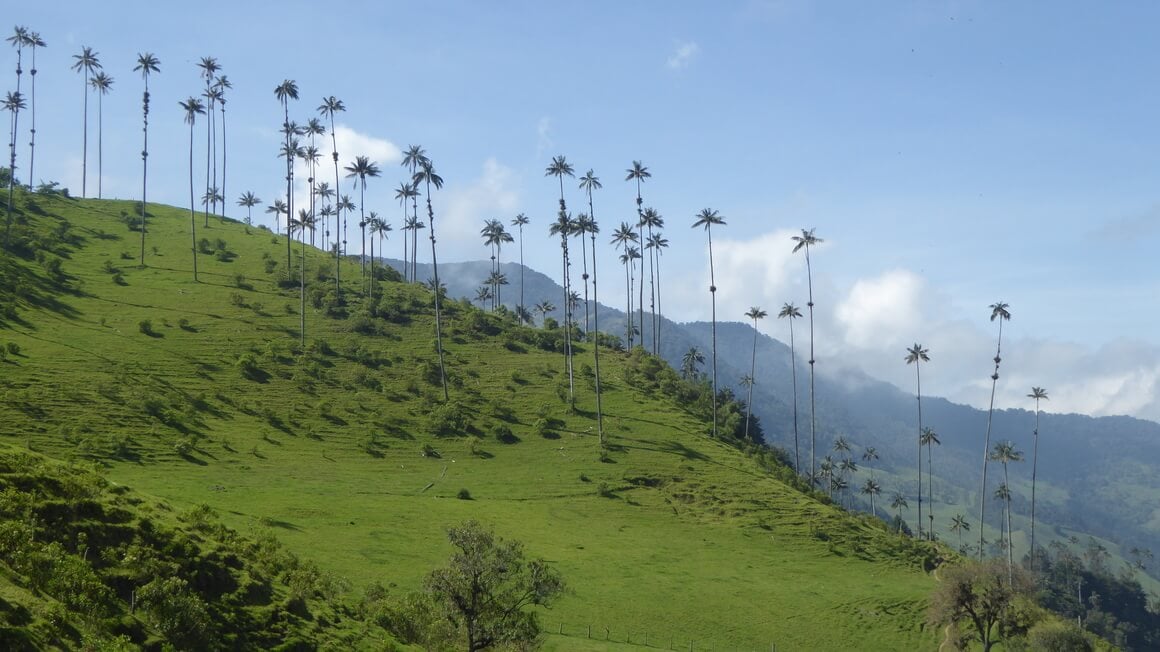
Photo: Will Hatton
I warn you, mosquitoes are not very forgiving. Be prepared and bring insect repellent, comfortable shoes, and plenty of water.
5. Visit an indigenous community
Get to know what traditional life is like for people living the way they have been for centuries. It’s an amazingly eye-opening experience that few get to see. You can support their amazing lifestyle by buying local handicrafts and artisanal pieces.
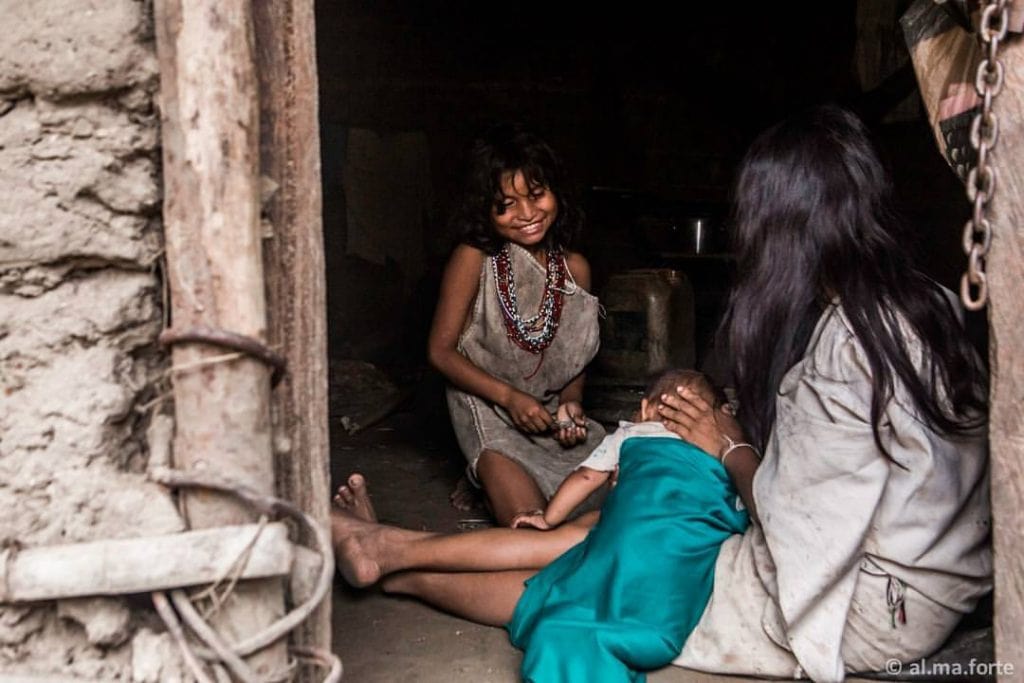
Their culture is a very important part of their identity and they should always be treated with respect. Remember these people are not exhibits in a museum.
6. Hire a motorbike and discover hidden nature beauties
Hire a motorbike and explore some of Colombia’s gorgeous countryside. The routes in Colombia are in *fairly* good condition to explore by motorbike (if you’re a confident rider!).
This gives you more than one option to get to a place, you can take alternate routes if you like adventure experiences, and you can stop in places that public transportation could never.
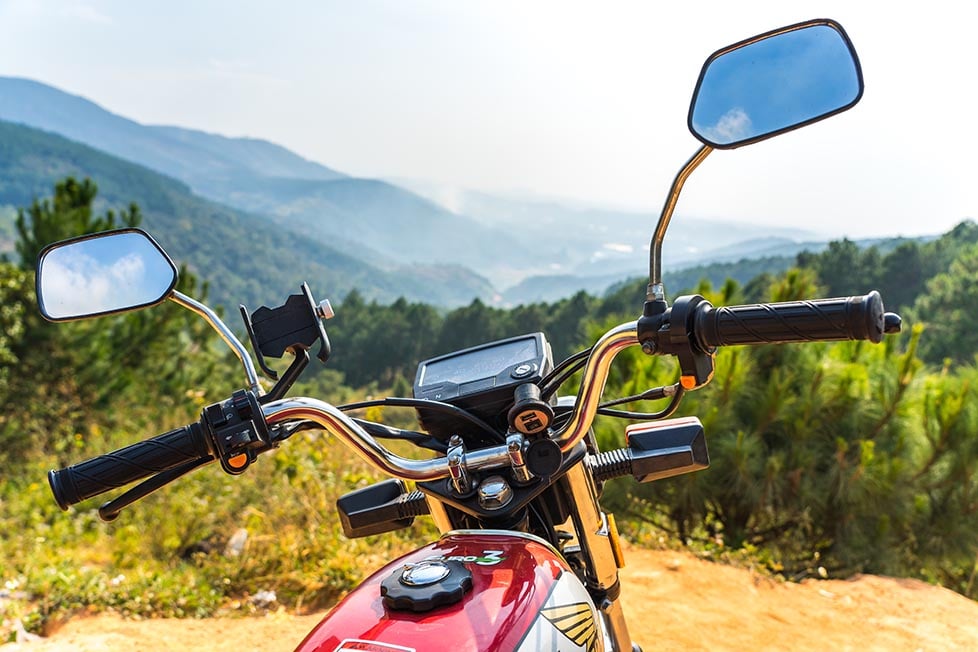
Image: Nic Hilditch-Short
Some of my best memories are meeting and connecting with local people, and let me tell you that the motorbike was the way to get to those places and people.
7. Go scuba diving
If you love to dive, Colombia’s north coast has some world-class dive sites. It is also possible to obtain your PADI open water diving certificate if you don’t have one. You can obtain your certification with Diving Planet based in Cartagena.
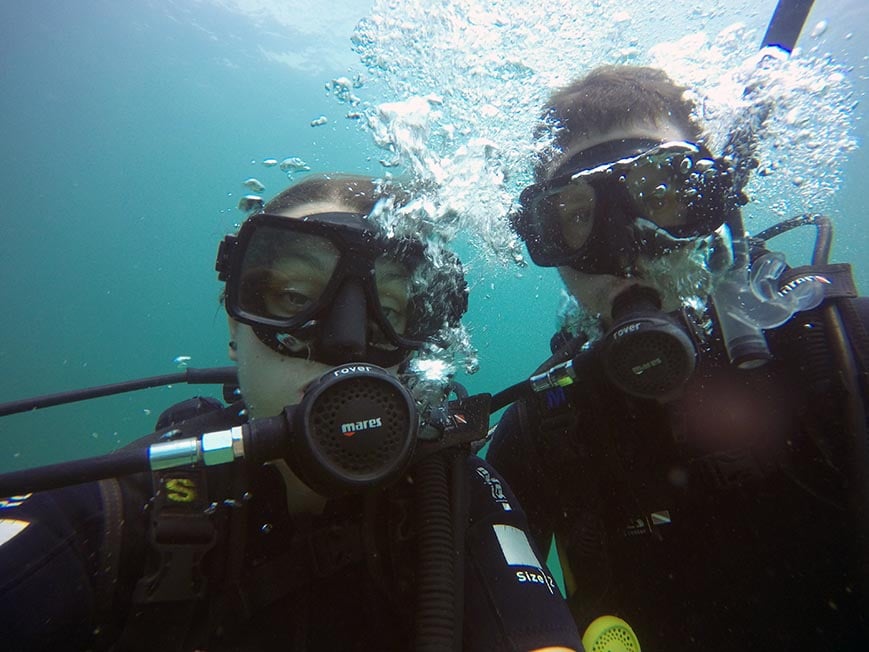
Image: Nic Hilditch-Short.
8. Go head-to-head in the bars
As Ernest Hemingway once said, “If you want to know about a culture, spend a night in its bars.” Pool halls and bars are a big part of Colombian culture.
I had so much fun playing Tejo in Los Amigos, Salento. Tejo is kind of like cornhole but much more… explosive!
9. Visit the Tayrona National Natural Park
This area of Colombia’s Caribbean coast is famous for its palm-fringed coves, coastal lagoons, tropical forests, and rich biodiversity. It’s perfect for a day trip or organize yourself to go camping and spend a few nights in this incredible natural paradise.
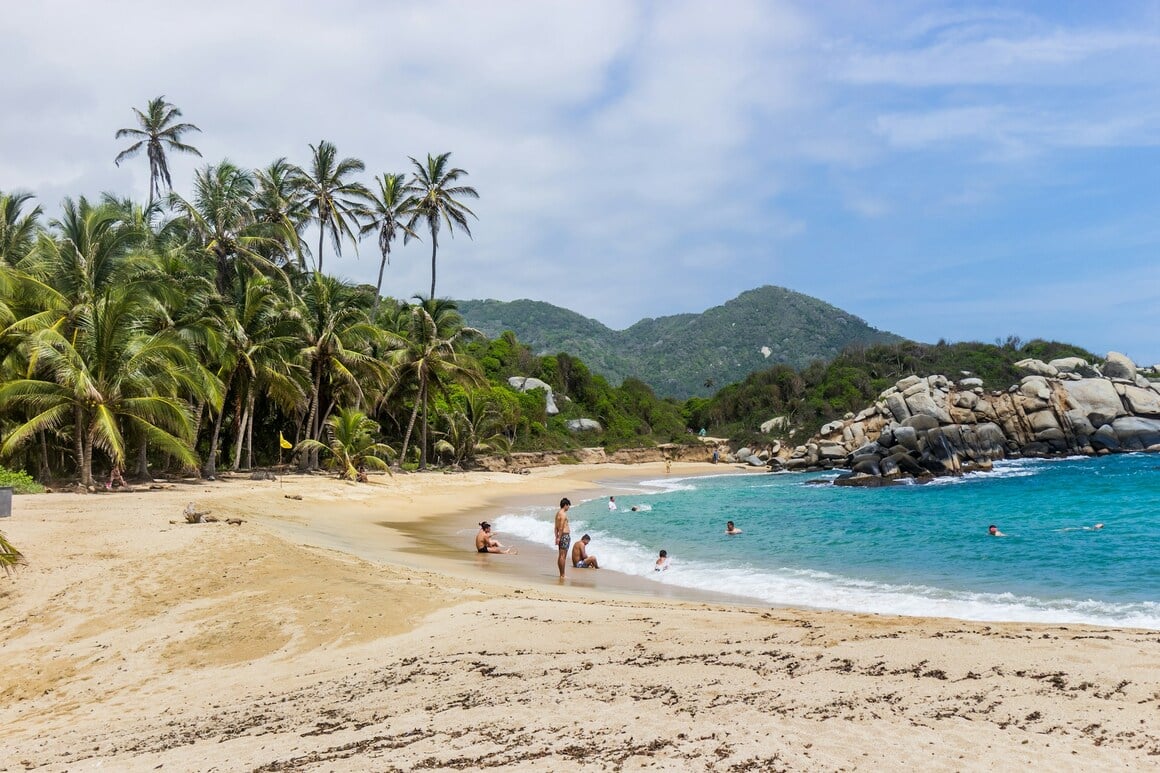
If you like adventure and getting into nature, you can find ruins of an archaeological complex built by the Tayrona civilization that is accessed through forest roads. Be prepared for this type of visit. Water supply, insect repellent, hat, and solid hiking boots.
10. Get your dancing shoes on
Stay until nightfall and discover the Colombian nightlife. As well as being the salsa capital, cumbia music is worth following too.
If you don’t know how to dance you will surely learn from any Colombian. Music, dancing, and drinking are part of their culture.
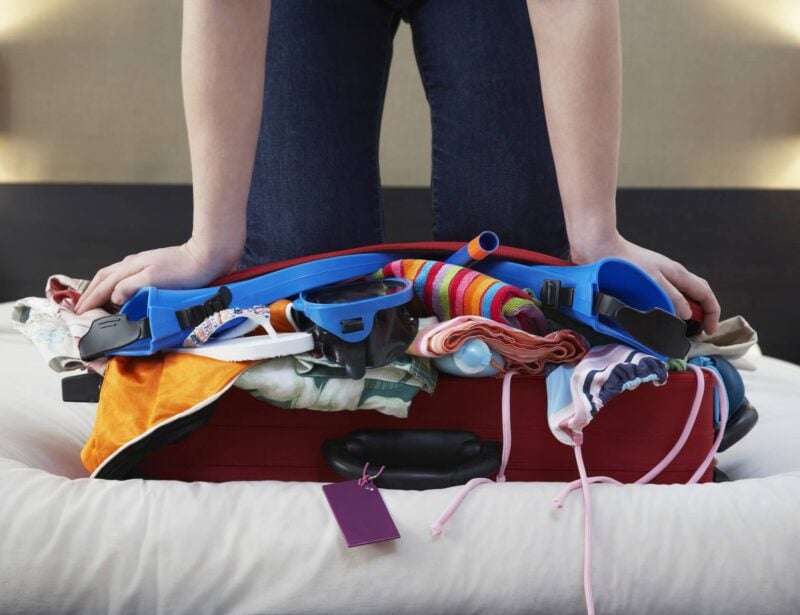
Wanna know how to pack like a pro? Well for a start you need the right gear….
These are packing cubes for the globetrotters and compression sacks for the real adventurers – these babies are a traveller’s best kept secret. They organise yo’ packing and minimise volume too so you can pack MORE.
Or, y’know… you can stick to just chucking it all in your backpack…
Get Yours Here Read Our ReviewBackpacker Accommodation in Colombia
Accommodation costs vary across the country with Medellin and Cali being some of the most expensive places to stay. In general, the good places fill up fast so you will want to try and book in advance. It’s possible to get a dorm bed for around $12 but a double room will often cost just $25 so if there’s two of you, you can have a private room most of the time for no additional cost. Colombia’s eco-tourism scene is growing rapidly, so you’ll also find plenty of sustainable accommodation options throughout the country.
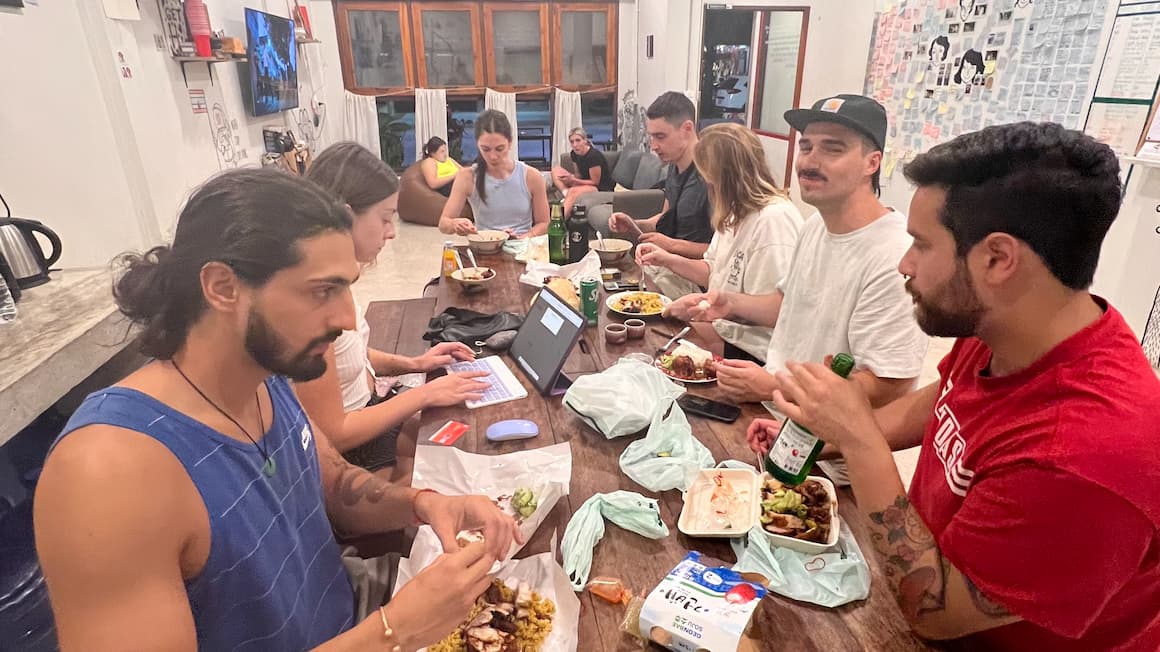
Photo: @amandaadraper
If you want to save money on accommodation, make sure you pack your camping hammock, especially if you’ll be trekking or hiking through the jungle.
And as a quick insider tip: If you want to see all – and we mean ALL – hostel options in Colombia, be sure to check out BOOKING.COM. You can even filter your personal travel needs to find the perfect place for you.
The Best Places To Stay in Colombia
| Destination | Why Visit! | Best Hostel | Best Private Stay |
|---|---|---|---|
| Cartagena | Lively and colourful colonial port city to vibe to the sound of Colombian rhythms. | The Clock Hostel & Suites | Oz Hotel Cartagena |
| Medellin | The eternal spring city (and ex-drug capital of the world). Stunning gastronomy and vibrant nightlife. | Viajero Medellin Hostel | Landmark Hotel |
| Bogota | The capital of the country – muticultural, modern and ancient. You’re gonna love the night (if you’re careful). | Spotty Bogotá Centro | GHL Hotel Capital |
| Santa Marta | Walk, eat, beach, sleep, and repeat. Take an umbrella, it’s sunny but not funny. | Viajero Santa Marta Hostel | Casa Verano Beach Hotel |
| Coffee Region | The chillest and welcoming area in the country. So prepare to sip and chill. | Tukawa Hotel | Cabaña guaduales de corocoro |
| Minca | Waterfalls and humidity. Be ready to meet cool backpackers and try to stay hydrated. | Masaya Casas Viejas | Costeño River Minca |
| San Gil | Do you love extreme sports? Then this small town has what you need. | Traveler Hostel | San Gil Apartment Plaza |
| Barichara | Declared as cultural heritage, “the most beautiful town in Colombia.” Breathe, walk, and relax. | NOMAD Hostal – Barichara | Hotel Buenosaires Barichara |
Some Unique Experiences in Colombia
From surfing and trekking to paragliding and caving, Colombia is an adventure playground. You can do some activities really cheap but it’s worth haggling; you can often get 10% off what appears to be a fixed price. Colombia is also home to some of the best diving in the world… well, OK, some of the cheapest places to learn to dive in the world.
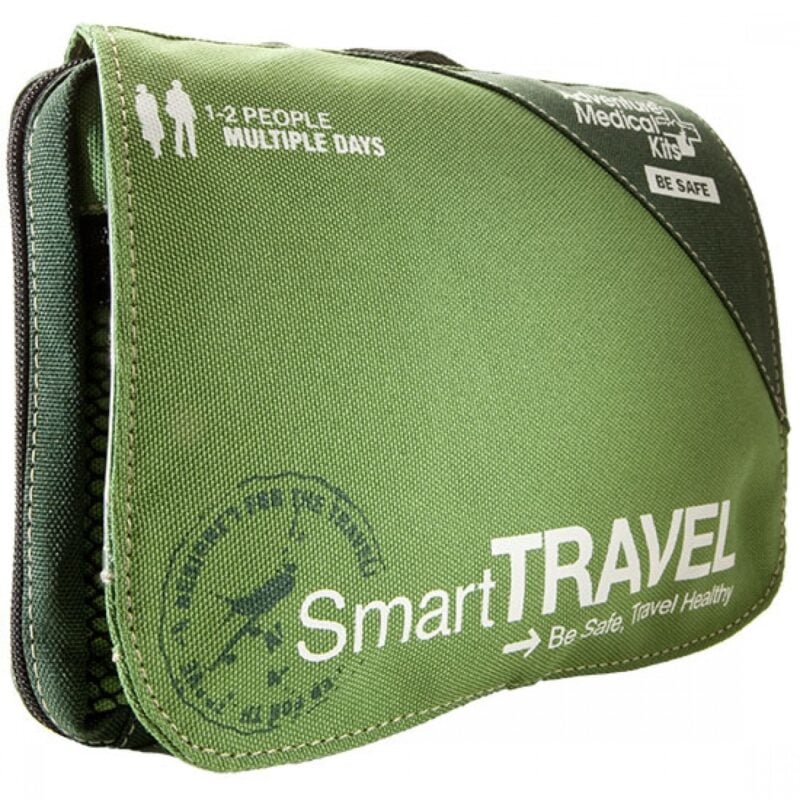
Things go wrong on the road ALL THE TIME. Be prepared for what life throws at you.
Buy an AMK Travel Medical Kit before you head out on your next adventure – don’t be daft!
Buy on REITrekking in Colombia
Colombia is home to some fine trekking opportunities. From multi-day hikes to the Lost City to exploring river valleys and stunning misty mountains, there are many options at your fingertips. If you love getting out in nature as much as I do, Colombia will not disappoint. There are numerous Colombia national parks and reserves to choose from. For longer treks, it is easy to find a guide. Here are a few of the best treks in Colombia to get you stoked on some hiking!
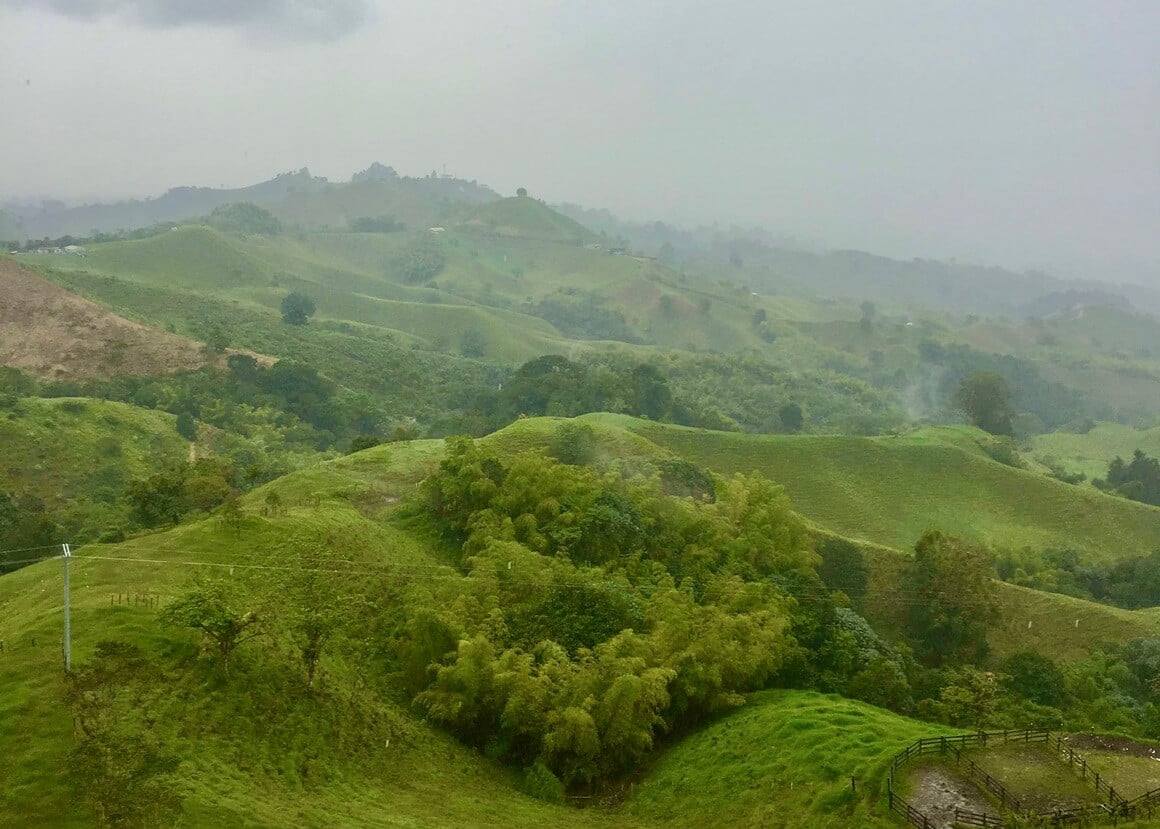
Photo: @Lauramcblonde
Lost City Trek: This hike through the Colombian jungle will certainly be a highlight of your backpacking trip.
Cocora Valley: Some of the best day hikes in Colombia can be found in a region famous for its coffee and stunning scenery.
Sierra Nevada de Cocuy: Snow in Colombia? Here you can find peaks are as high as 5,330 metres above sea level. You have you your own gear and a good sleeping bag, you can probably do the hike without a guide.
Chingaza National Park: This park north of Bogota has some fantastic treks to do in the mountains. Some of Colombia’s most spectacular mountain views can be had here!
Chicamocha Canyon: At Chicamocha there is a ridge hike that can be undertaken as a day trip, finishing in a small colonial village. This hike is a must if you’re in the area.
Los Nevados National Park: This area of Colombia truly has it all. Experience some of the most diverse landscapes in the whole country. A trek here will certainly get you off of the beaten path.
Tatacoa Desert: Desert in Colombia? Go see it for yourself! Hike, bike, and explore this unique part of the normally quite tropical Colombia. Check out this great article for more information about what to do in Tatacoa.
Scuba Diving in Colombia
Love Scuba diving? Me too. Colombia has tons of places to take on some epic dives. Providencia and Santa Catalina, a smaller island to the north, is home to the third largest coral reef barrier on earth, and includes over 40 dive sites.
If Providencia is the accessible best of Colombian diving, Malpelo is the harder to reach version: a jagged rock in the Colombian Pacific, it can only be reached by boat, and divers can only visit here as part of an organized trip on a dive boat. It’s worth the time and money for sure; Malpelo is one of the best places in the world to dive with sharks, including hammerheads, whale, and the rare sun ray shark. People have reported schools of up to 500 sharks around Malpelo. That’s right. 500.
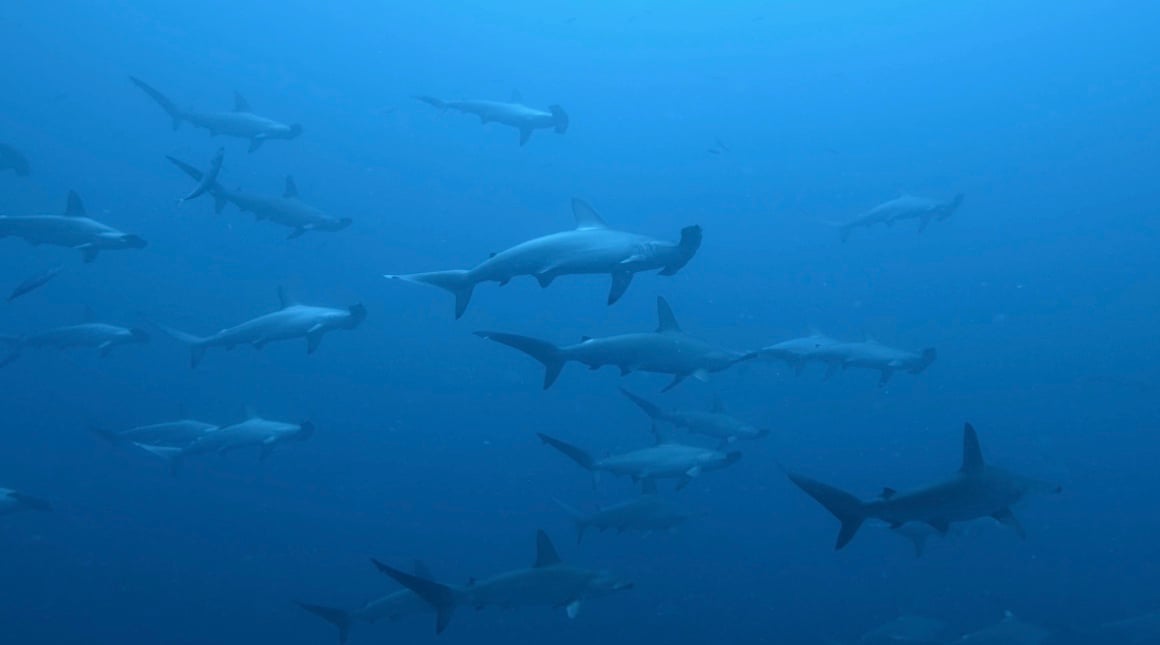
Photo: @audyscala
Another Pacific diving spot, Gorgona, is a rugged island, formerly used as a prison, which now serves as a nature reserve and a prime breeding area for humpback whales.
As mentioned, the Rosario Islands offer good diving that is relativley accessible compared to some of the other destinations this list.
Scuba Dive Colombia on a Liveaboard Trip
There are so many places worth diving in Colombia, I highly recommend joining a Liveaboard trip in Colombia if you can swing it. You get to wake up on a boat every morning and explore the wonders of the underwater world in Colombian seas…
If you are a serious scuba diver looking to check out some of Colombia’s best and most remote dive sites, Liveaboard is your ticket to paradise in that regard.
Scuba dive by day, chill on the boat by night, and of course eat tasty food along the way.
Diving journeys don’t get any better than this.
Surfing in Colombia
Another favorite past time for backpackers and locals a like in Colombia is surfing. Colombia has some amazing surfing beaches on both its Northern Caribbean Coast and its Western Pacific Coast. Surfing in Columbia is gaining popularity as this beautiful country opens it’s doors to the rest of the word. Palomino is a great spot, so check out the best hostels in Palomino before you go!
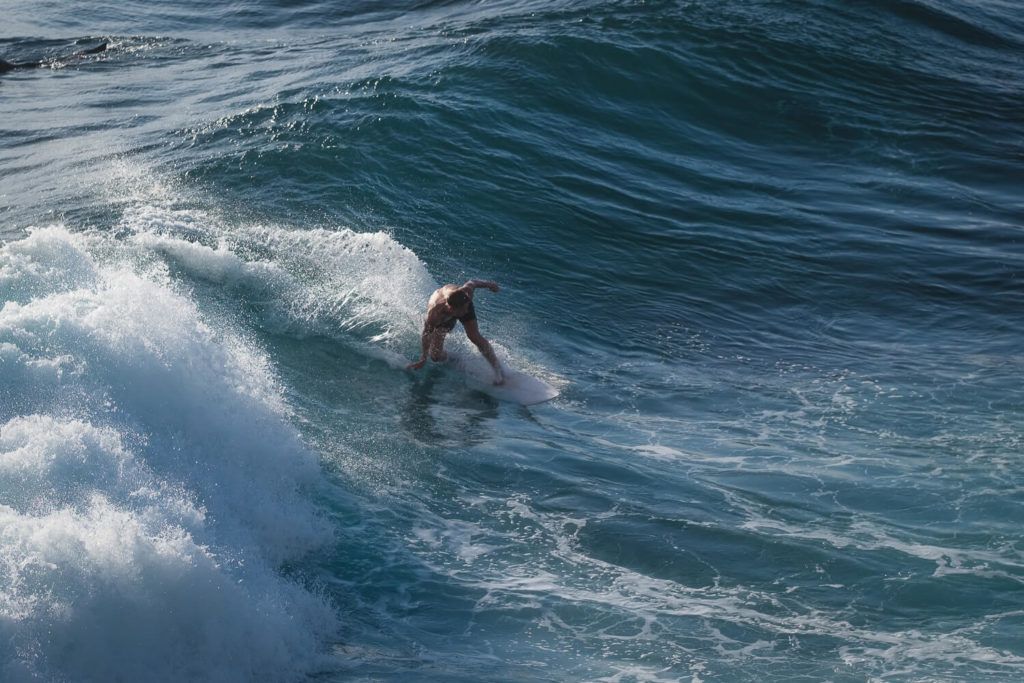
Photo: Roaming Ralph
The surfing beaches on the Caribbean coast are much easier to access, more backpacker oriented, and tend to be a bit calmer. The Caribbean beaches are the best if you are a beginner learning how to surf, or you just want to get out and catch a few waves.
The Pacific Coast, while much harder to get to, has some of the best surfing in South America. The beaches around Nuqui are the best in Colombia and are an adventure lovers dream.
Joining an Organized Tour in Colombia
For most countries, Colombia included, solo travel is the name of the game. That said, if you are short on time, energy, or just want to be part of an awesome group of travelers you can opt to join an organized tour. Joining a tour is a great way to see a majority of the country quickly and without the effort that goes into planning a backpacking trip. However—not all tour operators are created equal—that is for sure.
G Adventures is a solid down-to-earth tour company catering to backpackers just like you, and their prices and itineraries reflect the interests of the backpacker crowd. You can score some pretty sweet deals on epic trips in Colombia for a fraction of the price of what other tour operators charge.
Check out some of their awesome itineraries for Colombia here…
Colombia Backpacking Costs
This is, perhaps, one of the cheapest countries you can find in South America. Yes, it’s even cheaper than in some Southeast Asian countries.
However, travel costs vary when backpacking in Colombia – depending on how you do it. If you’re a budget backpacker, sleeping in a dorm bed, hitchhiking, eating street food, and catching local public transport brings down your travel costs per day considerably.
Prices vary depending on the time of year. In high season, you can expect to pay a little more than in the low, rainy season. The difference is minimal, but you will have to deal with shortages of accommodations.
In touristy areas like Cartagena and places near the Caribbean coast, you will be paying 3 times more than in places with less international tourism. The big cities will give you a greater range to play with.
Couchsurfing and camping are the best ways to make it on a budget. For a single tent, you can expect to pay between $5 and $7 dollars.
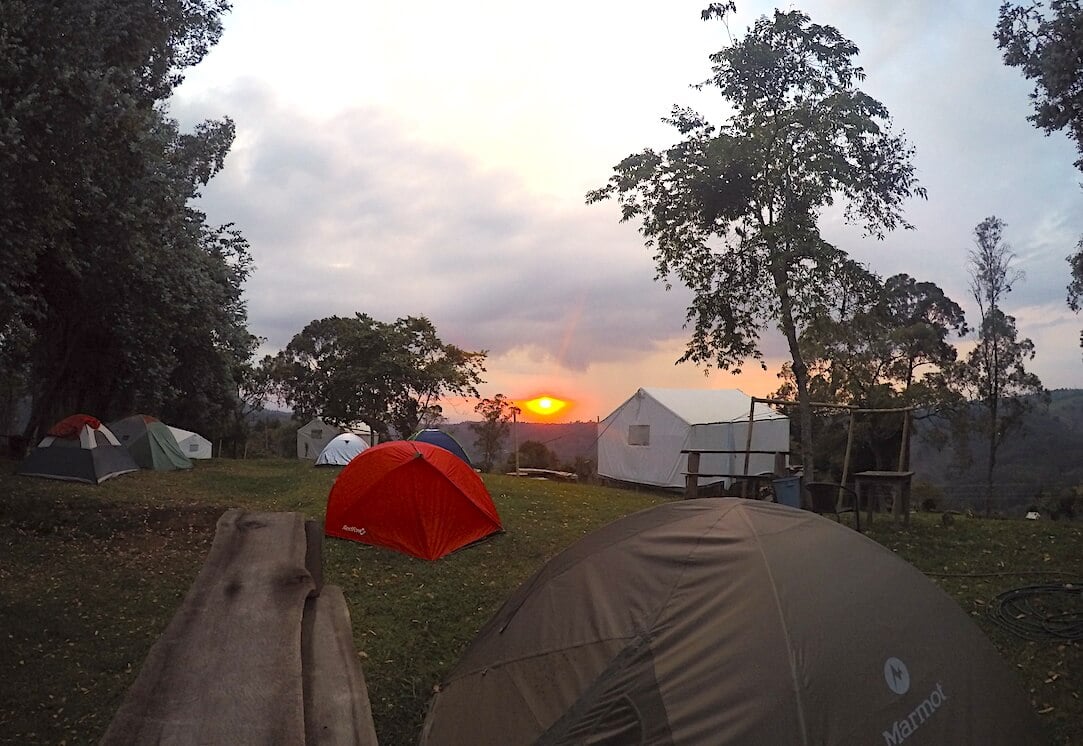
Photo: Will Hatton
For tight-budget travellers, cheap food is everywhere. You can find the plato del dia for $2 – $3 dollars, and believe me, that’s enough food for all day.
Buses are cheap. But if you are thinking of crossing the country, consider domestic flights with budget airlines. You will be able to find them at reasonable prices, saving you time and other expenses of traveling by land.
If you are modest and conscious, backpacking Colombia on a budget can be done for $15 USD per day or less. But if you like tours and unique experiences you can easily hit $50 USD per day.
So budget travel in Colombia is more possible than ever! Your money will go far here and you can help out a lot of people with your tourism.
A Daily Budget For Colombia
Although Colombia is cheaper than other Latin American countries, it’s so easy to blow your budget. So keep track of your spending!
Here is a breakdown of what you can expect to spend on your backpacking Colombia adventure…
| Expense | Broke Backpacker | Frugal Traveler | Creature of Comfort |
|---|---|---|---|
| Accommodation | $5-7 | $12-20 | $30-40 |
| Food | $4-6 | $10 | $15-20 |
| Transport | $2 | $5 | $10 |
| Nightlife | $4 | $10 | $15-25 |
| Activities | $0-5 | $5-10 | $20-30 |
| Totals per day | $15-24 | $42-55 | $90-125 |
Money in Colombia
The local currency in Colombia is the peso known as COP. Find out how much your money is worth today by using the up-to-date converter below.
I encourage you not to bring a large amount of money. Get a good exchange rate with your local bank and enough money for the first days. The rates offered by airports are the least favourable. If you didn’t get pesos before coming, then change the minimum amount possible to cover your transport into the city.
From there, it’s easy to find currency exchange houses. Expect less of what I just mentioned as the current currency conversion.
To exchange large amounts of money, the best option is the local bank Bancolombia (physical branch). Be prepared to go early and wait in line.
I recommend bringing a fee-free debit card or credit card. You can use them in big cities but not that much in small towns, so it’s good to plan ahead. Bancolombia’s ATM allows you to withdraw a maximum of $2,700,000 pesos per transaction and charges you an extra commission – a fee of 2.5% – which is one of the best rates.
For all matters of finance and accounting on the road, The Broke Backpacker strongly recommends Wise – The Artist Formerly Known as Transferwise! Our favourite online platform for holding funds, transferring money, and even paying for goods, Wise is a 100% FREE platform with considerably lower fees than Paypal or traditional banks.
But the real question is… is it better than Western Union?
Yes, it most certainly is.
Travel Tips for Broke Backpackers
To keep your spending to an absolute minimum whilst during your Colombia travels, I recommend sticking to these basic rules of budget adventuring….
- Camp: With plenty of gorgeous natural places to camp, Colombia is an excellent place to take a good quality tent. Make sure to bring some insect spray, as you don’t want to get eaten alive.
- Cook your own food: I took a small backpacking gas cooker with me to Colombia and cooked a lot of my own meals whilst hitching and camping. You will save so much money per day by preparing food yourself.
- Hitchhike: In Colombia, it can be easy to thumb a ride and it is an ace way to keep your transport costs down and instead spend it on smashing experiences. So hitchhike as much as you can when backpacking Colombia.
Why You Should Travel to Colombia with a Water Bottle
Plastic washes up on even the most pristine beaches… so do your part and keep the Big Blue beautiful
You aren’t going to save the world overnight, but you might as well be part of the solution and not the problem. When you travel to some of the world’s most remote places, you come to realise the full extent of the plastic problem. And I hope you become more inspired to continue being a responsible traveller.
STOP USING SINGLE-USE PLASTIC! If you’d like some more tips on how to save the world, be sure to watch the video below.
Plus, now you won’t be buying overpriced bottles of water from the supermarkets either! Travel with a filtered water bottle instead and never waste a cent nor a turtle’s life again.
Drink water from ANYWHERE. The Grayl Geopress is the worlds leading filtered water bottle protecting you from all manner of waterborne nasties.
Single-use plastic bottles are a MASSIVE threat to marine life. Be a part of the solution and travel with a filter water bottle. Save money and the environment!
We’ve tested the Geopress rigorously from the icy heights of Pakistan to the tropical jungles of Bali, and can confirm: it’s the best water bottle you’ll ever buy!
View on REI Read the ReviewAnd Speaking of Plastic… Get an eSIM For Colombia
You know those tiny pieces of plastic you used to use to connect yourself to the internet abroad? Sim Cards I think they were called? Well yeah, we’re ditching those as well.
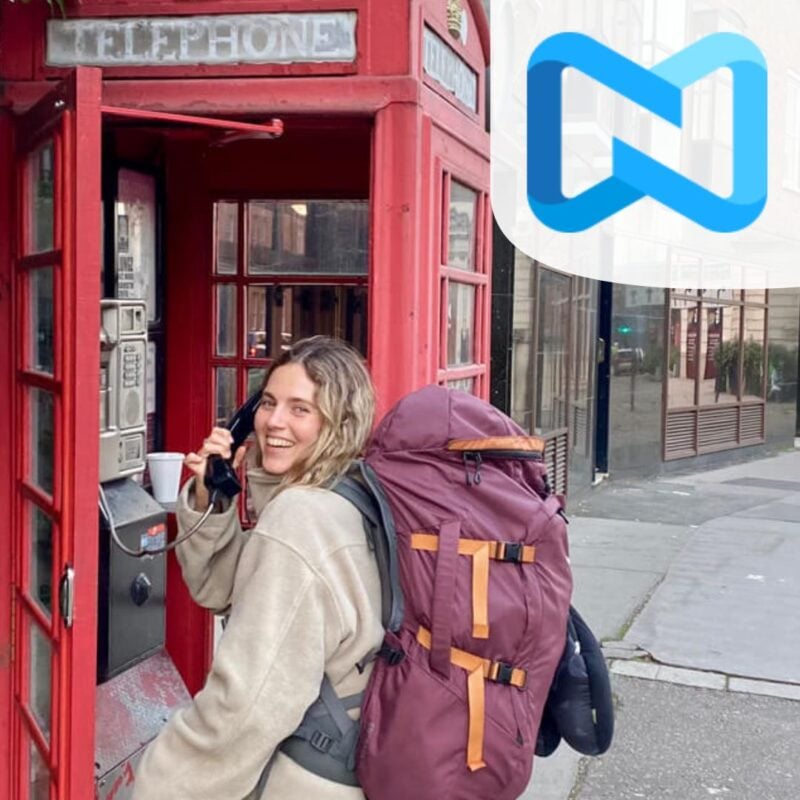
Call your mum, call your job to say you’re quitting or your now ex-boyfriend to say you’re marrying some Sri Lankan dude.
That’s up to you! But get an eSIM — it’s the best way to stay connected when travelling. And Nomad is the best way to find your ideal package 🙂
Get an eSIM with NomadBest Time To Travel To Colombia
Because of its close proximity to the equator, Colombia doesn’t get classic seasons and the day/night balance doesn’t really change much either. However, the country does get a few rainy seasons which are worth bearing in mind particularly if you are headed up to the North when Caribbean, tropical typhoons can be considerable.
It is generally agreed that the best time to go to Colombia is in December – March when the Andes are drier. These are the months when most of the festivals are happening and if by any chance you happen to be there in February, you should go to one of the most epic festivals in South America…el Carnaval de Barranquilla! I stayed in some awesome hostels in Barranquilla where I met some backpackers who I went to the festival with.
September to October are the wettest months although I experienced floods in November too. The rainforest can be wet all year round, and the coast is seriously hot.
What To Pack For Colombia
Ear Plugs
Snoring dorm-mates can ruin your nights rest and seriously damage the hostel experience. This is why I always travel with a pack of decent ear plugs.
Hanging Laundry Bag
Trust us, this is an absolute game changer. Super compact, a hanging mesh laundry bag stops your dirty clothes from stinking, you don’t know how much you need one of these… so just get it, thank us later.
Sea To Summit Micro Towel
Hostel towels are scummy and take forever to dry. Microfibre towels dry quickly, are compact, lightweight, and can be used as a blanket or yoga mat if need be.
Monopoly Deal
Forget about Poker! Monopoly Deal is the single best travel card game that we have ever played. Works with 2-5 players and guarantees happy days.
Grayl Geopress Water Bottle
Always travel with a water bottle! They save you money and reduce your plastic footprint on our planet. The Grayl Geopress acts as a purifier AND temperature regulator. Boom!
Below I have provided essential information and Colombia travel tips for your backpacking adventure, including the best time to travel to Colombia, how much to budget for Colombia, and a guide to Colombian cuisine.
Staying Safe in Colombia
Yes, people have plenty to say about Colombia: security, drug traffickers, and other news intended to generate fear. Safety and security in Colombia is something to take into account – but not to panic about.
A while ago the situation was complicated to visit this beautiful country as a tourist. Let me tell you that today things are very different. In recent years they’ve seen a big increase in the level of security and falling crime rates.
Most people backpacking in Colombia never have any problems – but there are cases of people still getting scammed or robbed. Today the population takes care of tourism because they understand that it is beneficial for everyone.
In most cases, the usual travel safety practices are enough. For my daily life (phone, money, and keys) I use a backpacker security belt; it’s better than carrying it in your pockets. Pickpockets, in big cities, are professional.
Don’t show off things of value, don’t carry a lot of money with you, and avoid going in tourist mode with your cell phone taking photos unless you want to see your phone disappear before your very eyes. When checking your phone on the streets, look around and do it briefly.
At night, stay away from non-tourist areas and be wary of overly friendly people. If someone’s getting a bit too close, that’s your sign to back away.
It should also be noted, that druggings with sedatives do happen in Colombia – and it’s as common to happen to men as it is women. Although rare, it’s something to be aware of. ALWAYS keep an eye on your food and drinks and never accept cigarettes from strangers.
This beautiful country has changed for the better. Today beautiful smiles greet you and a predisposition to good attention is what stands out. You can have a perfectly safe trip in Colombia. But – like anywhere – it pays to keep your wits about you.
Sex, Drugs, and Rock ‘n Roll in Colombia
Colombia has a pretty saucy reputation when it comes to drugs & sex, especially in Pablo Escobar’s hometown Medellin. It’s well known for both growing & selling cocaine, you can even snag a gram for as little as $7. No wonder it’s so popular among many travellers in South America. For tips on how to stay safe whilst getting fucked up in Colombia, check out Blazed Backpackers 101.

Cocaine tourism is on the rise in Columbia. I guess it’s not every day that you have the chance to take a “special tour” to make and snort your own cocaine! Just be careful with drugs especially abroad. No one wants to be locked up in a foreign jail. You can usually pay off the police if you get into trouble, just don’t go selling or raking up a debt with a drug lord.
Colombian women are typically beautiful and exotic. Their sexy moves and seductive dancing can be pretty hard to resist, plus they love foreigners too. Just be respectful and treat the women here like you would back home and you’ll have no problem. Many explorers backpacking Colombia are unsure of what to expect but this is a country with a welcoming people, stunning landscapes & great parties!
Getting Insured BEFORE Visiting Colombia
ALWAYS sort out your backpacker insurance before your trip. There’s plenty to choose from in that department, but a good place to start is Safety Wing.
They offer month-to-month payments, no lock-in contracts, and require absolutely no itineraries: that’s the exact kind of insurance long-term travellers and digital nomads need.
SafetyWing is cheap, easy, and admin-free: just sign up lickety-split so you can get back to it!
Click the button below to learn more about SafetyWing’s setup or read our insider review for the full tasty scoop.
How To Get Into Colombia
The main way to get to Colombia if you’re overseas is by plane, flying into Bogota International Airport. This is typically the cheapest place to fly in & out of; however, there are other international airports around Colombia that you can also fly into.
The easiest land crossing borders are from Venezuela & Ecuador as they have road access. Most backpackers use the Carretera Panamericana boarder crossing from Tulcan in Ecuador to Ipiales in Colombia. In Venezuela the main crossing is on the Caracas-Bogota road from San Antonio in Venezuela to Cúcuta in Colombia.
Many backpackers coming to travel Columbia from Panama, enter by boat. This is mainly because of the Darian gap between Panama & Colombia consisting mainly of large undeveloped swampland & forests. This no mans land is predominantly run by the Revolutionary Armed Forces of Colombia (FARC), who have a long track record of assassinations, kidnappings & violations of human rights. If you’re coming to Colombia after your backpacking Central America trip, consider travelling by boat via the San Blas, it’s a once in a lifetime trip and one of the best things I have ever done.
The only land crossing from Peru & Brazil into Colombia is located in the far southeastern corner of the Colombian Amazon. You can reach the Leticia crossing from either Peru or Brazil via riverboat.
Entry requirements for Colombia
Most nations around the world don’t require a visa to backpack Columbia, which is awesome! Most nationalities get 60-90 days free to travel Colombia, just check what rules & regulations may apply for your country.
How To Get Around Colombia
When it comes to getting around Colombia, the distances can be a problem. There are lots of long distance buses which vary in price depending on the company, I recommend booking buses in advance during the high season. Flights can sometimes be very cheap so it is worth considering internal flights on occasion. Hitching isn’t common but is totally doable.
Traveling in Colombia by Public Transport
There are many modes of public transport to navigate your way around the cities in Colombia when backpacking. Bogota, Cali & Medellin have massive transport systems similar those in Europe & the United States. City buses have a flat fare no matter how far you’re going in the city. They range from pimped out old American school buses blasting Latino music, to modern air-conditioned buses. The price ranges between 600-1650 COP depending on the type of bus.
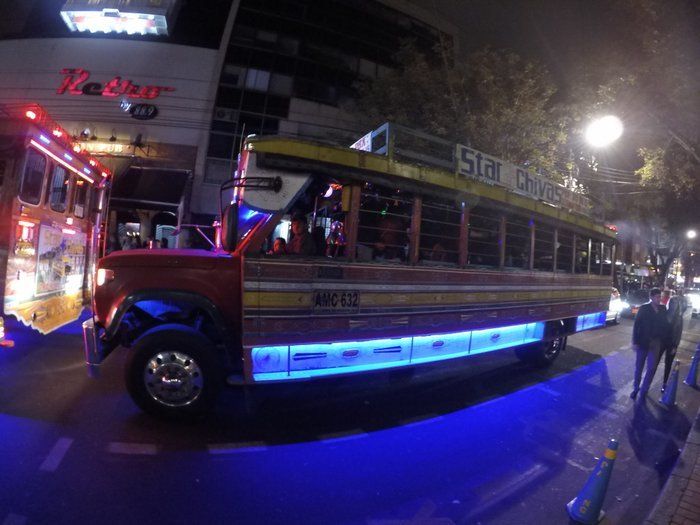
Photo: Sasha Savinov
Tuk-tuks & moto taxis are common around tourist areas, just make sure you agree on a price before you get in. Taxi’s are super cheap & easy to use when travelling short distances. Make sure you get in a metered taxi! There are so many fake taxi’s around just be careful, make sure the taxi has a meter & there are no other passengers in the taxi as this is a common robbery tactic.
Hitchhiking in Colombia
Hitchhiking in Colombia isn’t that common, mainly due to paranoia about the security situation in the country. Not everyone here is a drug lord that wants to kidnap you for ransom money. You can hitchhike throughout Colombia; it’s such an awesome experience! Have faith there are good people out there, keep your wits about you & follow my hitchhiking tips.
Onward Travel from Colombia
The cheapest way to leave Colombia is by bus. There are international buses that you can catch from any major city. One can reach neighboring Ecuador or Venezuela in a matter of a few hours depending of course on where you are departing from.
Bogota and Medellin are home to major international airports of you need to catch a flight back home. Flying in South America can generally be expensive. I recommend using the bus systems as much a possible.
Colombian Culture
The people of Colombia definitely are what makes is such a special country to go backpacking in. From the late 1970’s through the 1990’s, the Colombian people endured a whole hell of a lot of trama, war, and terrorism. The conflicts between cocaine drug lords, police, mercenaries, and communist guerrilla groups rattled Colombia to the very foundations of its society.
Modern day Colombia is a place that couldn’t be more different than those dark times in its history. Much of Colombia and its people are thriving. Meet some locals and find out what daily life is like in Colombia in 2018.
Dating in Colombia
Gringo’s and Gringa’s will find themselves very popular with the natives in Colombia. Both local men and women can be quite direct and forward when it comes to showing affection!
Colombians are not exactly shy about their sexuality. However, the country is nominally Roman Catholic and contraception is not always widely practised, so be sure to take matters into your own hands. Many Colombians live with their parents until marriage so if you want some privacy with your Colombian companions, the done thing is to rent a hourly motel – and there are plenty of them.
My experience of travelling Colombia as a single man was that I was rarely in need of female company. However, I did find that local girlfriends did want to get “serious” a lot faster than I was used to so be careful with people’s feelings.
Useful Travel Phrases For Colombia
Navigating Colombia is gonna be pretty damn tough if you don’t learn some Spanish. Besides, it is such a useful language to know; you can speak it in over 20 countries! Check out this post for some Colombian slang.
Here are a few helpful travel phrases with English translations for your backpacking Colombia adventure:
Hello – Hola
How are you? – Cómo estás?
What is your name? – Cómo te llamas?
Very good – Muy bueno/a
Beautiful – Hermoso/a
Can you give me a discount? – Me puede dar un descuento?
How much does this cost? – Cuánto cuesta?
Do you have a lighter? – Tienes un encendedor?
What? – Cómo?
Where? – Dónde ?
No plastic bag – Sin bolsa de plástico
No straw please – Sin pitillo por favor
No plastic cutlery please – Sin cubiertos de plástico por favor
Shit – Mierda! (a very light weight insult)
Shit eater – Come Mierda (for better effect!)
Two beers please – Dos cervezas por favor
Down that beer! – Acaba la cerveza!
Can you give me a ride – Me puedes dar un aventón?
Cheers – Salud
What To Eat in Colombia
The food is cheap, tasty and plentiful. There is plenty of street food around with arepas, empanadas and meat on a stick being some of the staples. If you’re eating out, expect to pay between five to ten dollars for a decent meal.
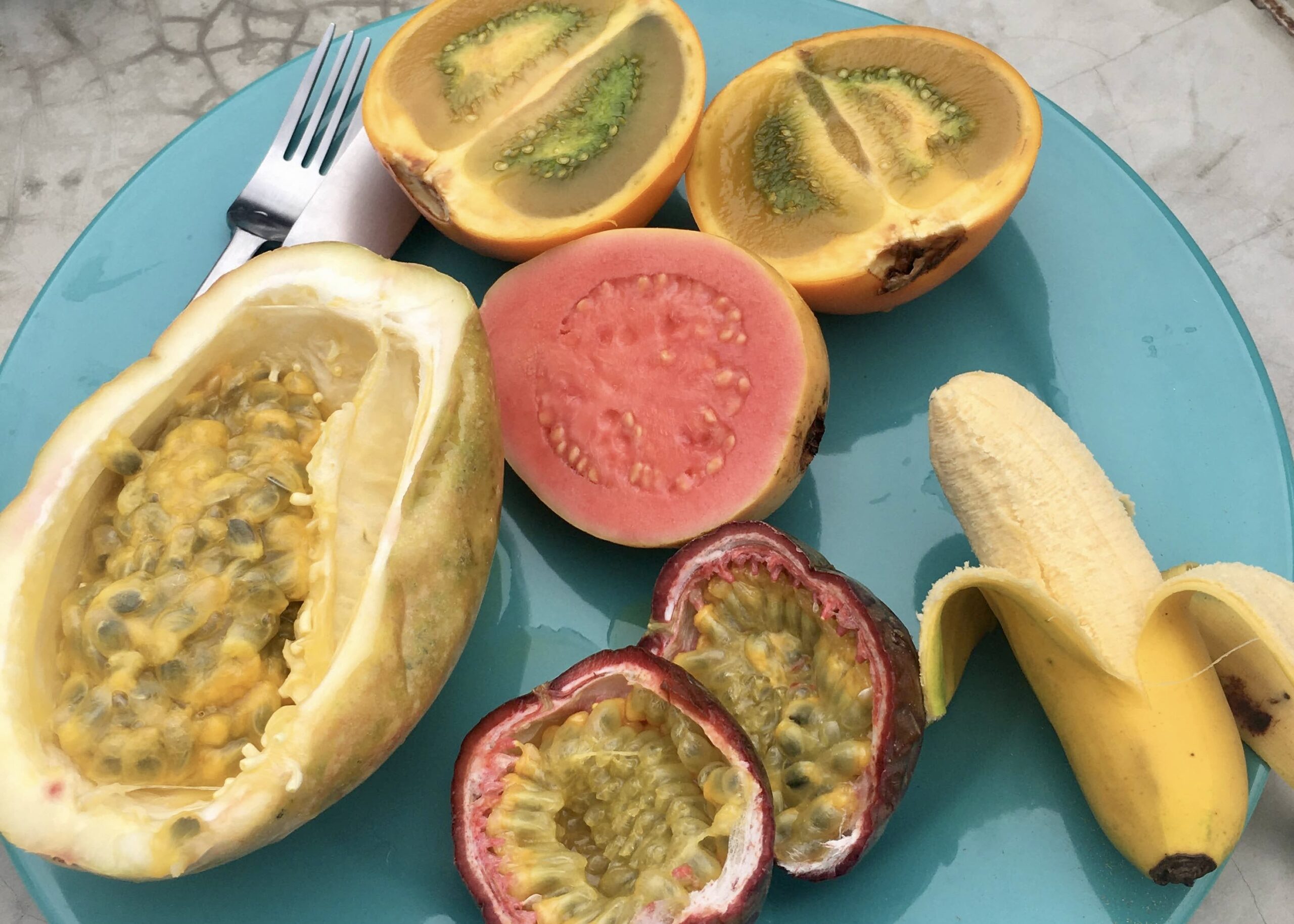
Photo: @Lauramcblonde
If you’re after a hearty lunchtime meal & aren’t watching the carbs, try out Bandeja Paisa. It consists of rice, plantains, avocado, minced meat, chorizo, black sausage, fried pork rind & a fried egg chucked on top. My favourite dish was by far empanadas, they’re a great snack & are filled with a variety of toppings. Check out this post for even more info on some of the best Colombian dishes to try.
A Brief History of Colombia
One name and one product come to mind when thinking about Colombia’s recent history: Pablo Escobar. The guy is famous the world over for formally being one of the worlds richest men and Cocaine kingpin. Escobar’s reign in Colombia brought the country to its knees. In the 1980’s and 1990’s, Escobar was responsible for ordering the killings and bombing that resulted in tremendous loss of life in Colombia. We are talking deaths in the tens of thousands. Police, judges, lawyers, journalists, rivals, civilians, guerrillas: everyone was affected.
In addition to the infamous cocaine trade, Colombia had active guerrilla revolutionary movements happening since the 1960’s and was effectively engaged in civil war until recently. Some revolutionary groups like FARC, are still active today.
On November 6, 1985, the M-19 guerrilla group stormed the Colombian Palace of Justice and held the Supreme Court magistrates hostage, intending to put president Betancur on trial. In the ensuing crossfire that followed the military’s reaction, scores of people lost their lives, as did most of the guerrillas, including several high-ranking operatives. Both sides blamed each other for the outcome.
There was truly so much going on in Colombia, so much violence, that the state was on the verge of collapse.
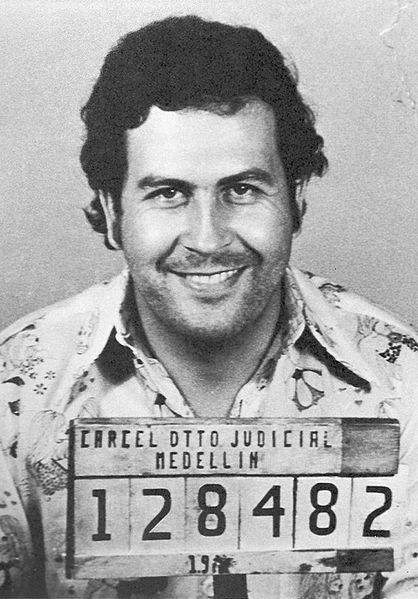
Early 1990’s in Colombia
Following administrations had to contend with the guerrillas, paramilitaries, narcotics traffickers and the violence and corruption that they all perpetuated, both through force and negotiation. Narcoterrorists assassinated three presidential candidates before César Gaviria was elected in 1990.
Since the death of Medellín cartel leader Pablo Escobar in a police shootout during December 1993, indiscriminate acts of violence associated with that organization have abated as the “cartels” have broken up into multiple, smaller and often-competing trafficking organizations. Nevertheless, violence continued as these drug organizations resorted to violence as part of their operations, but also to protest government policies, including extradition.
Although the FARC and ELN accepted participation in the peace process, they did not make explicit commitments to end the conflict. FARC ended peace talks in the year 2000.
Modern Day Colombia
As I mentioned before, Colombia is now a nation at peace. You can see it in the streets and in the mountains. People aren’t terrified there might be a bombing or a shooting at any moment. Colombia is not totally free from problems certainly. Like any developing country, Colombia is still trying to eliminate poverty and social inequality. Colombia’s future is bright. Like Peru, Colombia has one of South America’s fastest growing economies.
I am deeply happy for Colombia and its people, that they have finally found relative calm after the totally fucking crazy 1980’s and 90’s. Keep doing your thing Colombia!
Working in Colombia
Because of it’s general awesomeness, Colombia is very popular for expats. Medellin is the most popular spot although Bogota offers the most varied and lucrative opportunities. That said, if you are looking for work an English teacher then you can quite probably find something pretty much anywhere in Colombia.
Visas For Colombia
To work in Colombia you will need a work visa. These are pretty easy to obtain for most western passport holders once you lined up a job and it is common to enter on a tourist visa and then upgrade it whilst in the country. The fee for the M5 Visa is $280.
Volunteer in Colombia
Volunteering overseas is a great way to experience a culture whilst doing some good in the world. Volunteering continues to be very popular all over the world.
Colombia is a developing country so there are lots of opportunities for volunteers willing to donate some time and skills. Volunteer English teachers are in pretty much endless demand across Colombia and I enjoyed a very joyful spell teaching in Cartagena. More unique opportunities include working in the rainforests, nursing Jaguars and maybe helping out a coffee farmer.
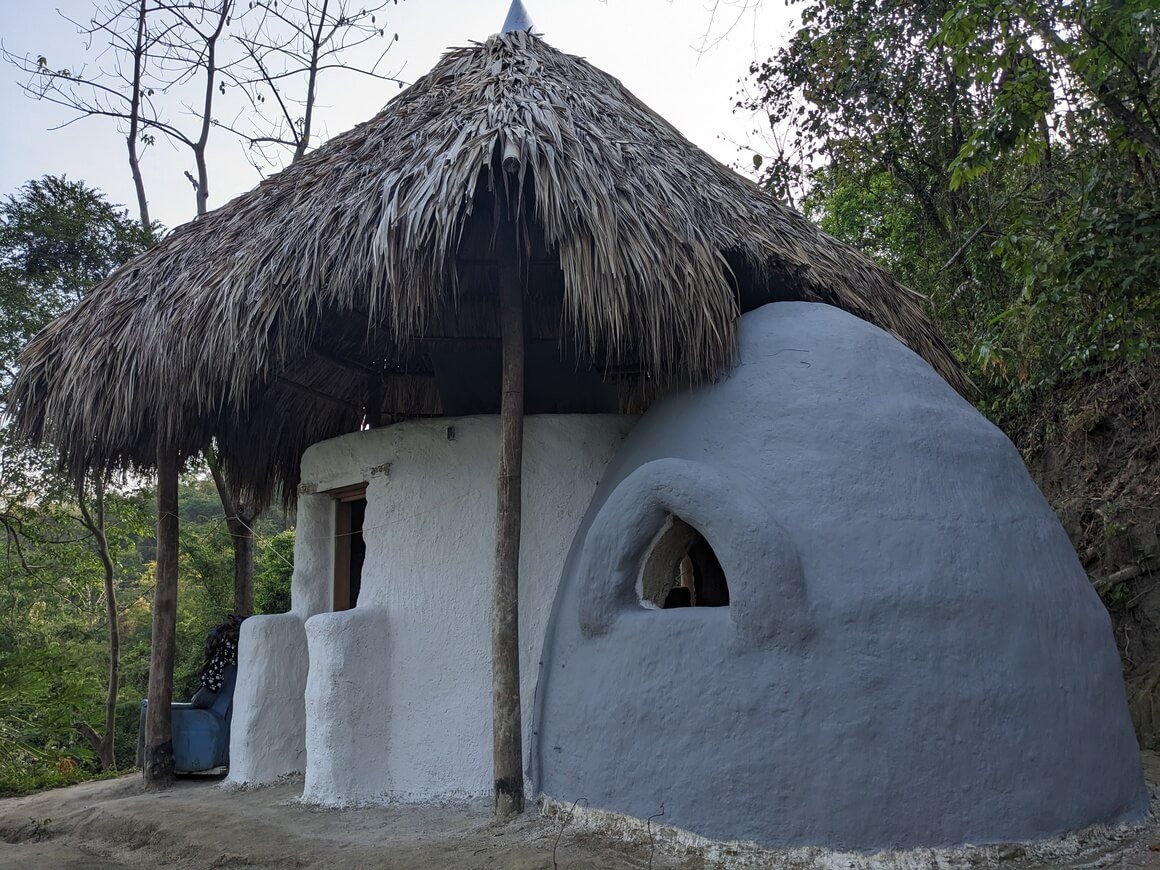
Photo: @Lauramcblonde
Want to find some more volunteering opportunities in Colombia? Signup for Worldpackers, a platform that connects local hosts with travelers. As a Broke Backpacker reader, you’ll also get a special discount of $10. Just use the discount code BROKEBACKPACKER and your membership is discounted from $49 a year to only $39.
Not only do they make the process so much simpler, but Broke Backpacker readers also get a sweet discount on the signup fee just by using the code BROKEBACKPACKER!
Teaching English in Colombia
Teaching English is a very popular way for for expats to make their way in Colombia. Pay varies widely. A fully qualified teacher at a top university (degree + TEFL or CELTA) could earn $1800 per month which goes pretty far in Colombia but an unqualified backpacker teacher at regular school may have to make do with $900.
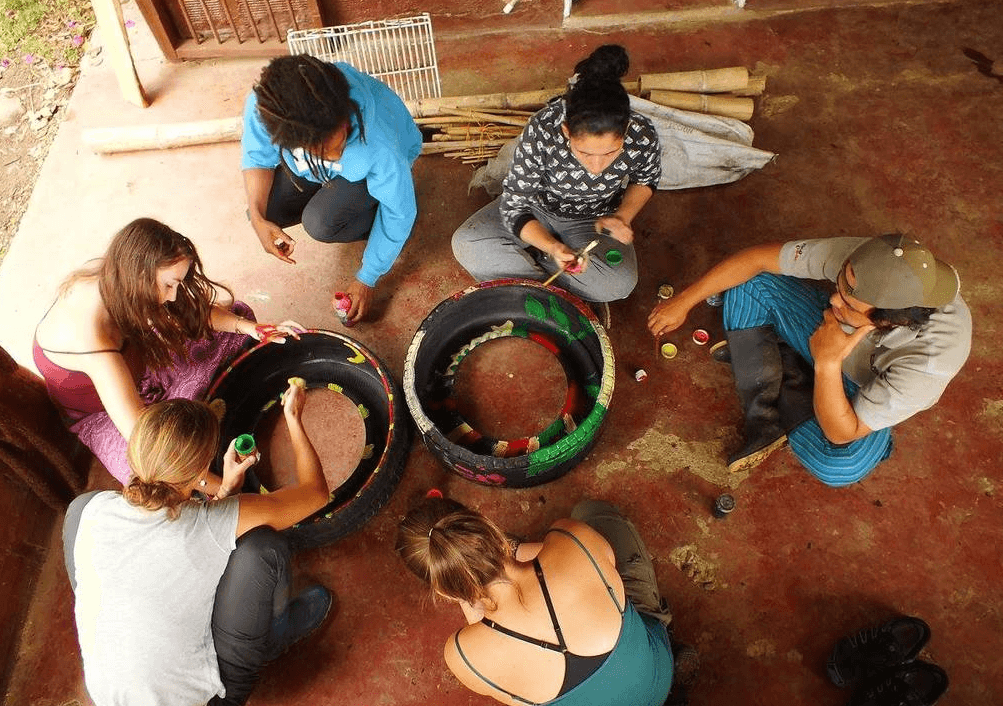
Photo: World Packers
If you want to teach English from your own home, then you can try teaching English online. Depending on your qualifications (or your motivation to obtain qualifications like a TEFL certificate) you can teach English remotely from your laptop, save some cash for your next adventure, and make a positive impact on the world by improving another person’s language skills! It’s a win-win! Check out this detailed article for everything you need to know to start teaching English online.
In addition to giving you the qualifications to teach English , TEFL courses open up a huge range of opportunities and you can find teaching work all over the world. To find out more about TEFL courses and how you can teach English around the world, read my in-depth report on teaching English abroad.
Final Advice Before Visiting Colombia
Colombia is a beautiful, beguiling land and you are sure to fall in love with it. Stay safe and enjoy your trip!
- Check out the hostels in Colombia to book yourself a dope stay.
- Our ultimate Colombia packing list has all the info you’ll ever need.
- Sort out your Colombia travel insurance before your trip.
- We’ve also got where to stay in Bogotá covered with our epic guide.
- Colombia is just the start of your awesome backpacking trip around South America.
- Get your international SIM card organised to avoid hassle.
Buy Us a Coffee!
A couple of you lovely readers suggested we set up a tip jar for direct support as an alternative to booking through our links. So we created one!
You can now buy The Broke Backpacker a coffee. If you like and use our content to plan your trips, it’s a much appreciated way to show appreciation 🙂



